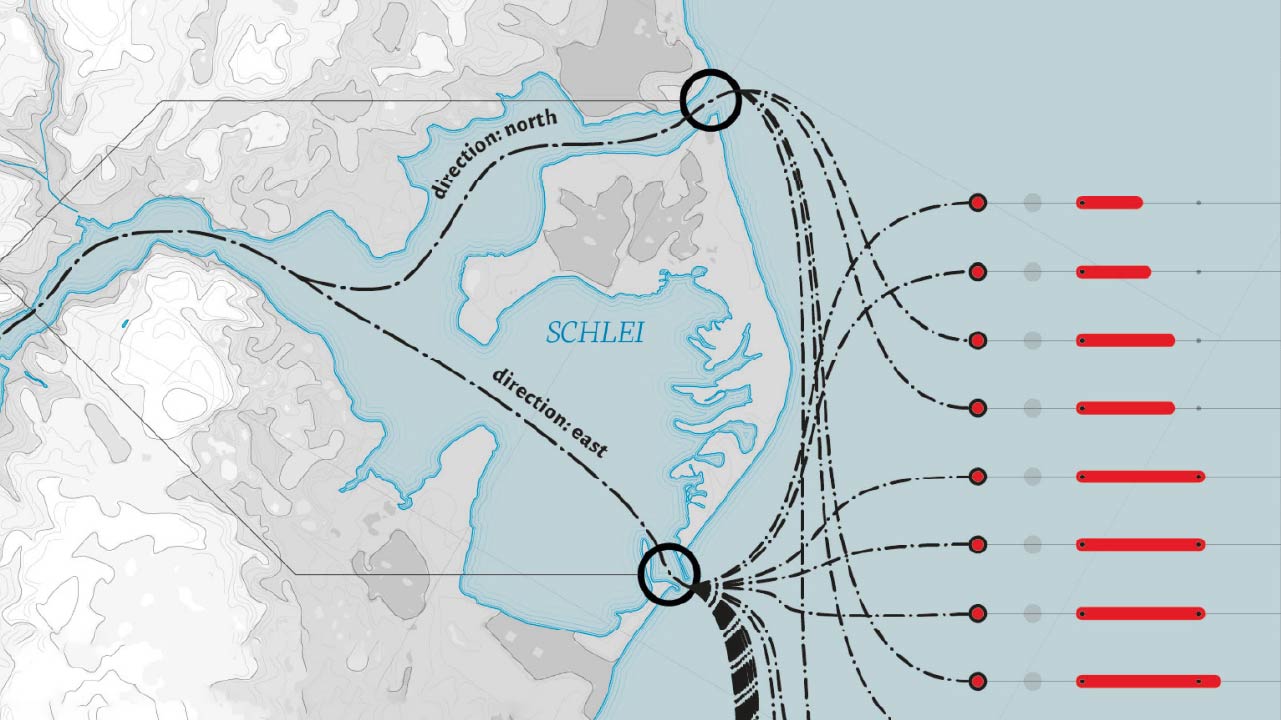Explore the Ocean
CLIENT
Geomar Helmholtz Centre for Ocean Research, Hapag-Lloyd Cruises
RESEARCH FIELD
TYPE
Interactive Poster
YEAR
2019
Detailed 3D animations and extensive data visualizations explain global processes in the oceans and make climate change comprehensible for passengers. Spoken audio comments simplify the self-study of the poster, which is divided into 4 chapters and 15 episodes. This rich content makes several visits worthwhile and there is always something new to learn.
Creative Development & Visual Coding: Luna Nane
Scientific Advice: Dr. Tobias Bayr, Prof. Dr. Arne Biastoch, Prof. Dr. Colin Devey, Dr. Jan Dierking, Dr. Matthias Haeckel, Dr. Helena Hauss, Dr. Henk-Jan Hoving, Dr. Cornelia Jaspers, Prof. Dr. Heidrun Kopp, Prof. Dr. Mojib Latif, Dr. Mark Lenz, Prof. Dr. Katja Matthes, Prof. Dr. Dirk Nürnberg, Dr. Olivia Roth, Dr. Sven Petersen, Dr. Marlene Wall
Editors: Dr. Gerd Hoffmann-Wiek, Dr. Andreas Villwock
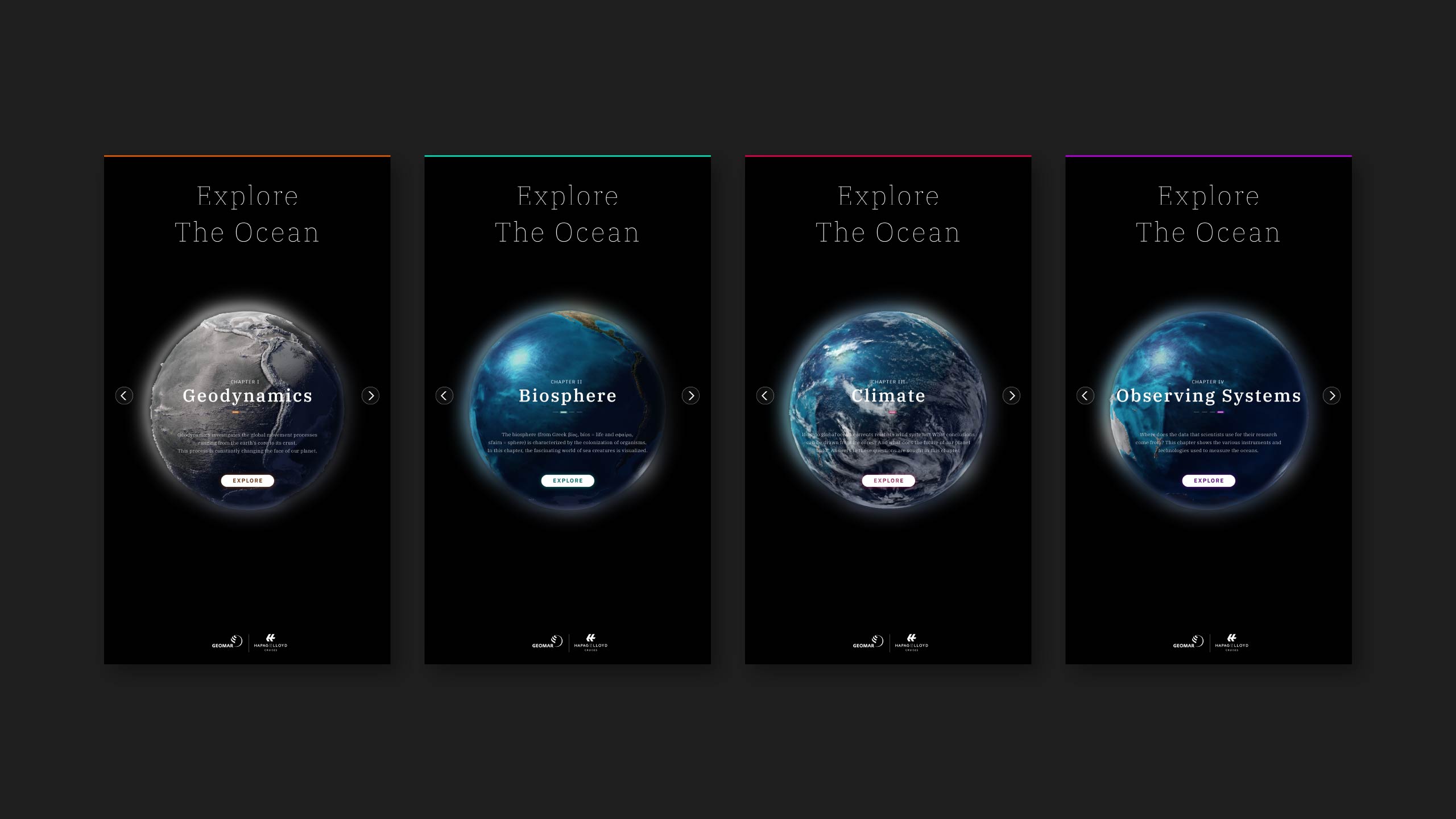
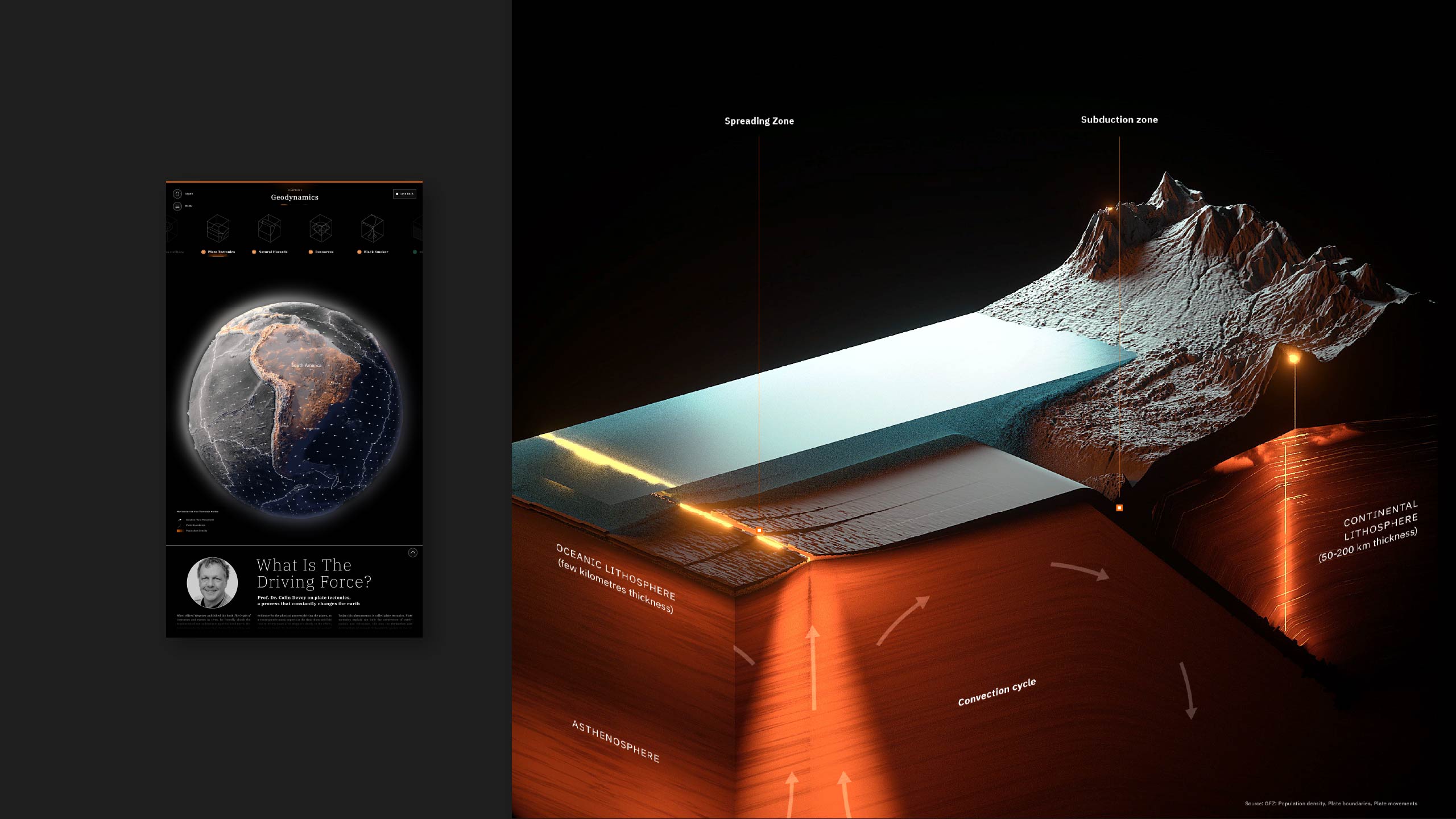
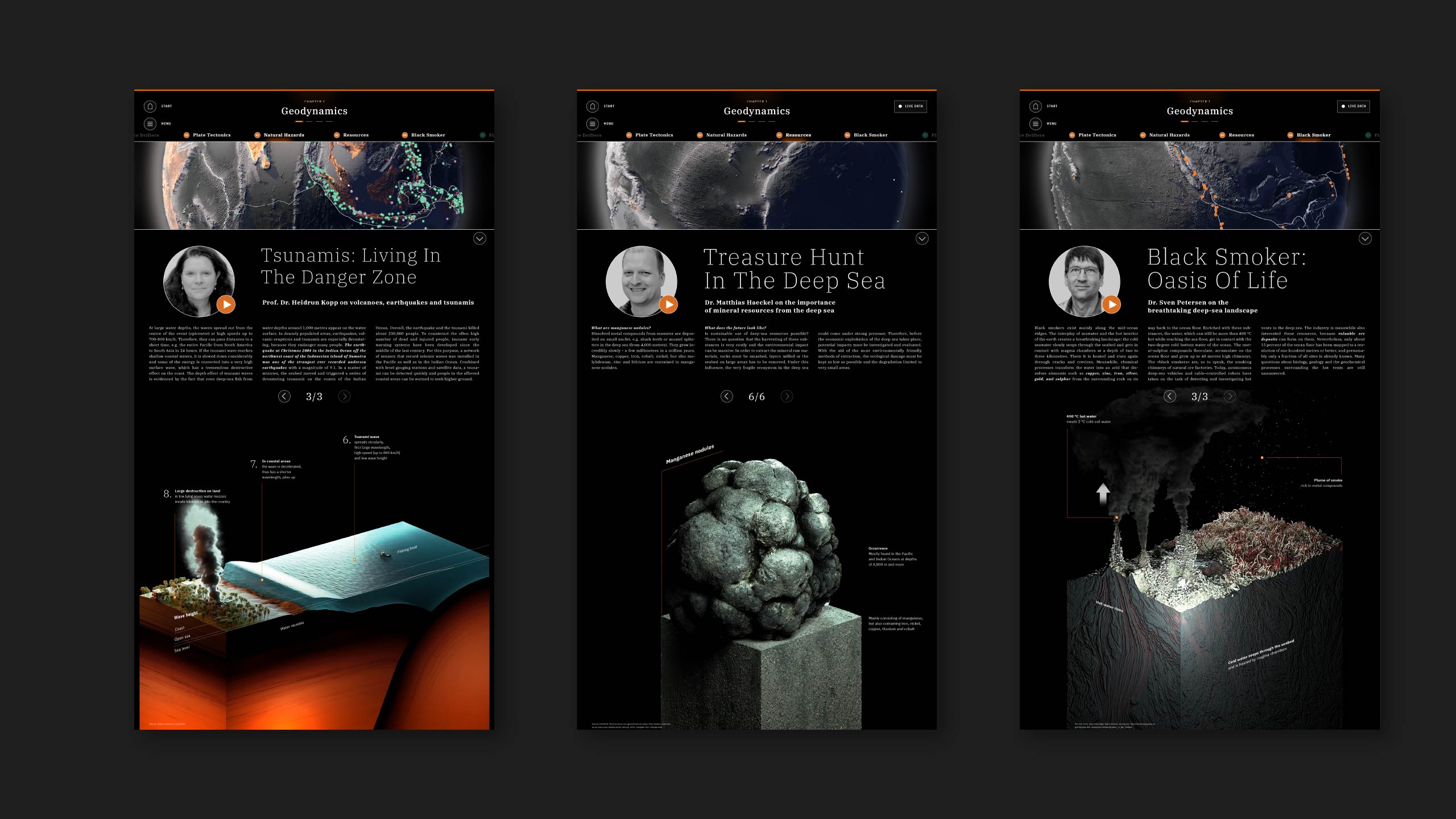
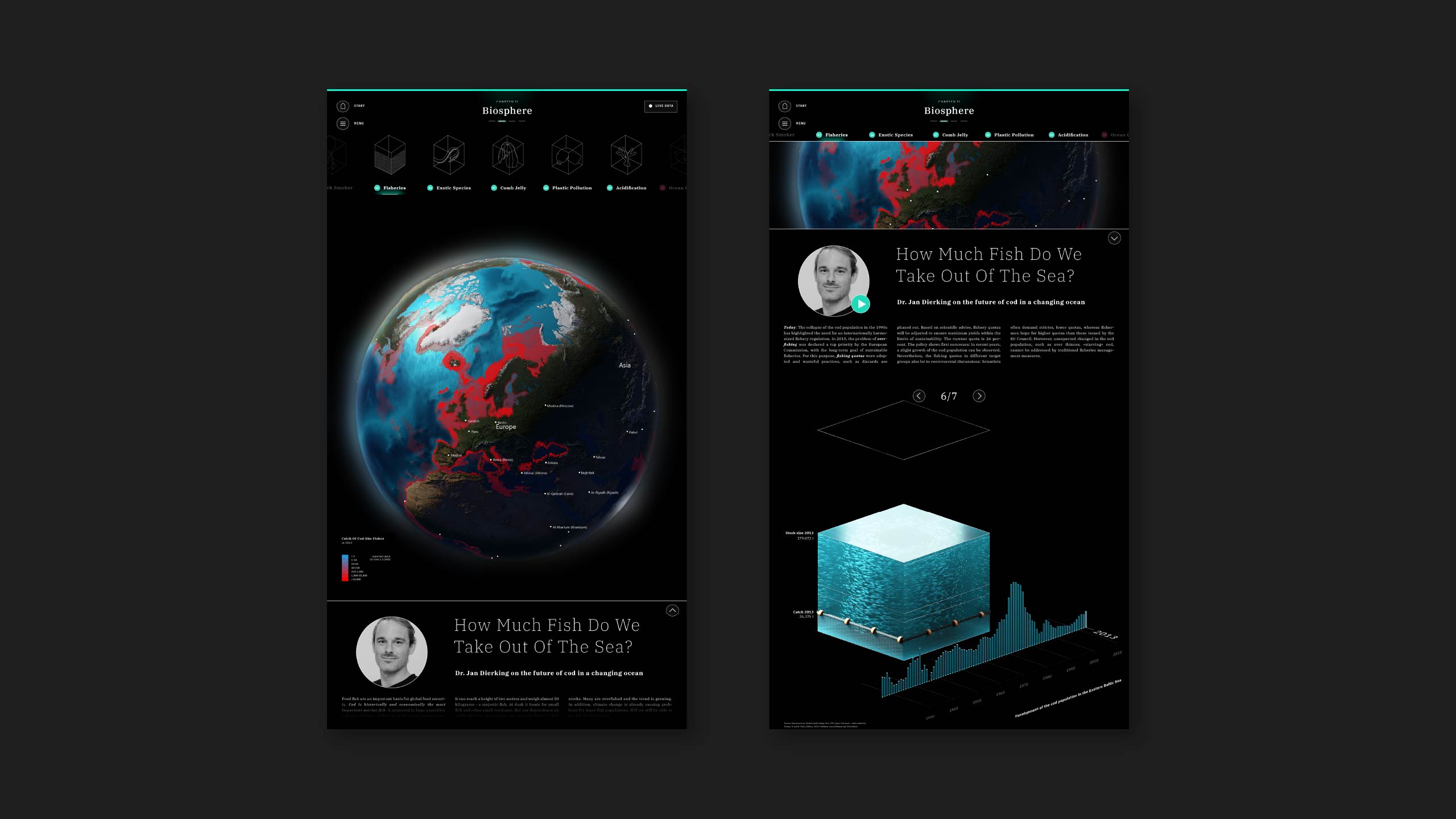
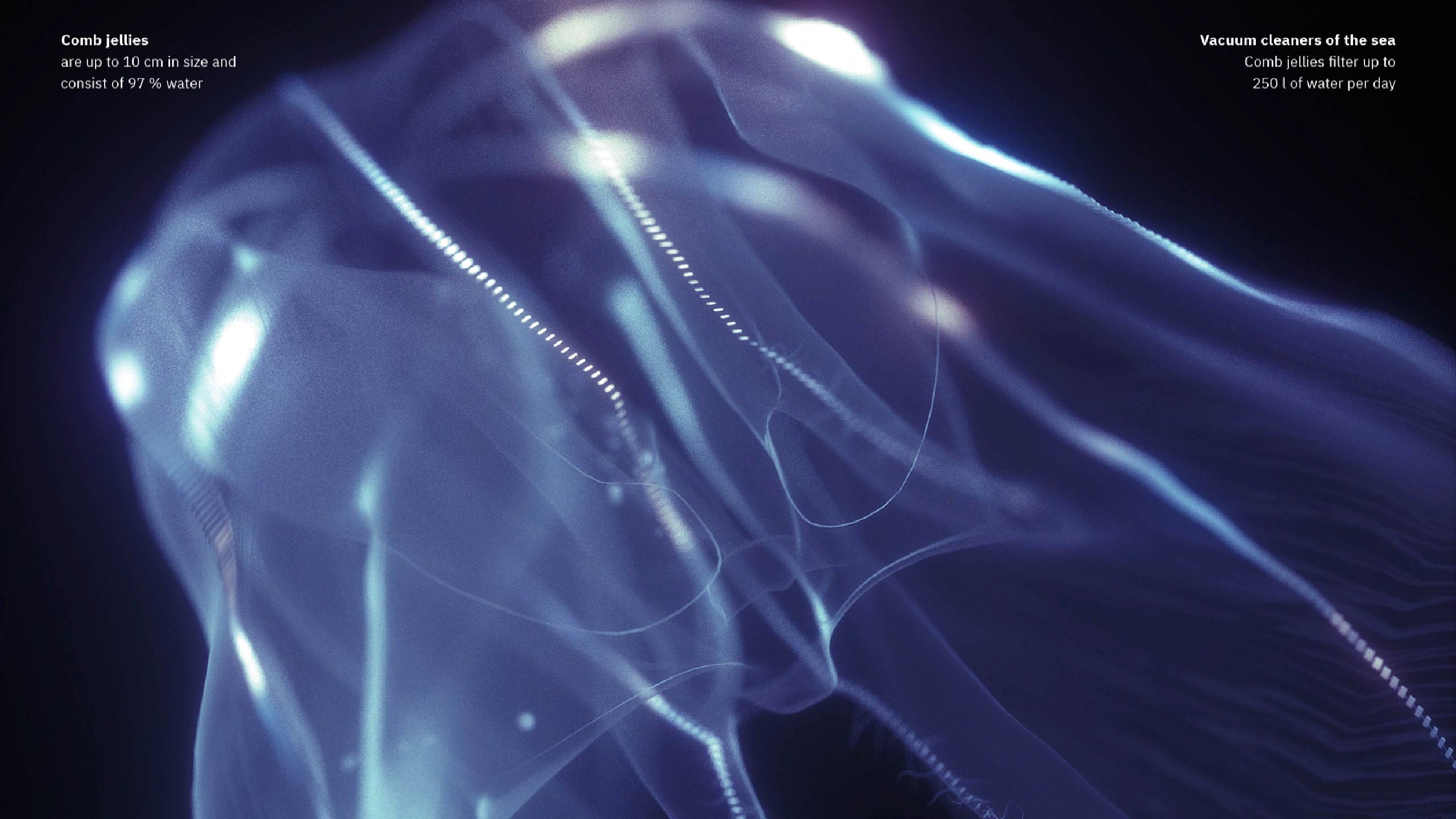
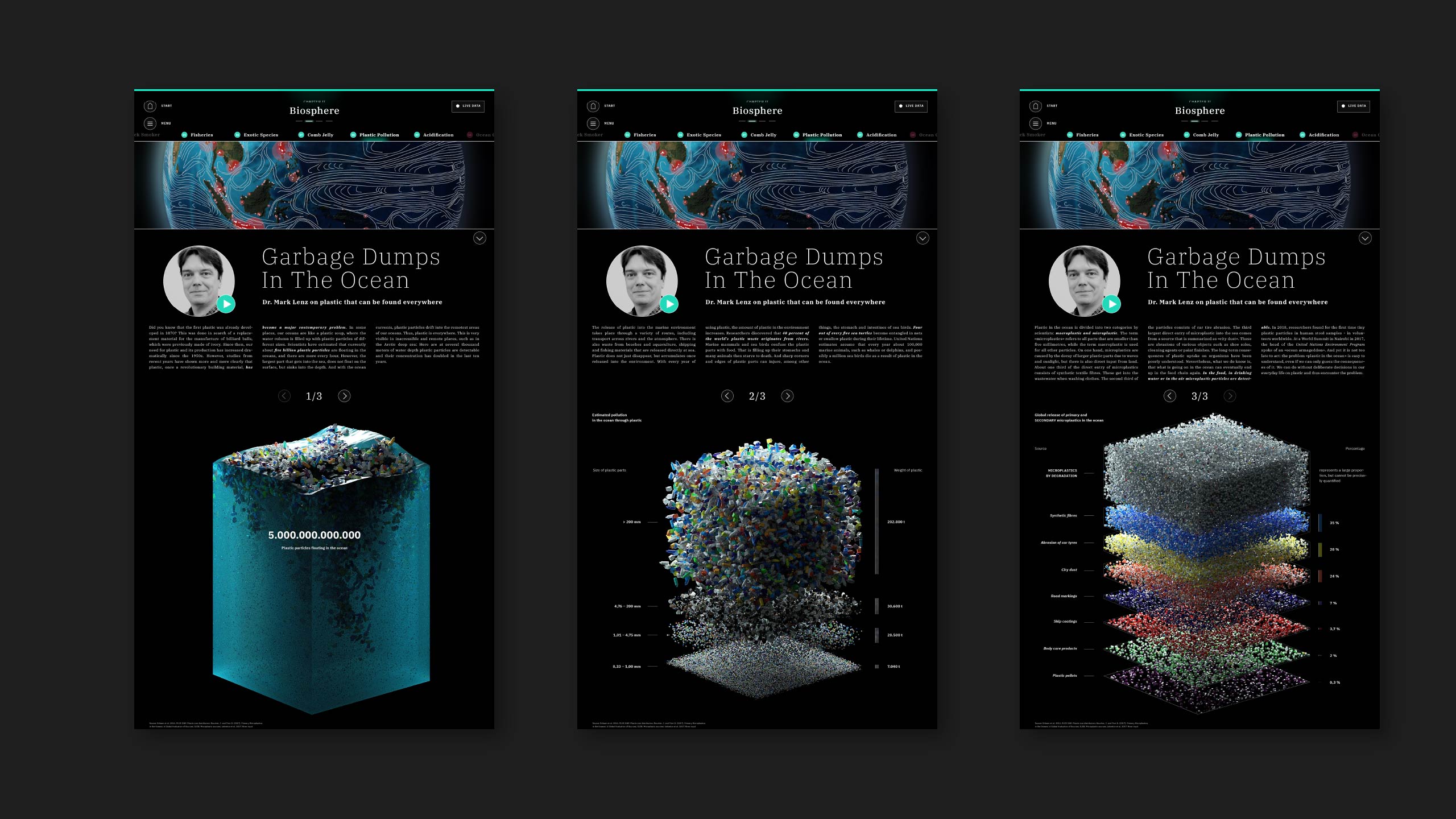
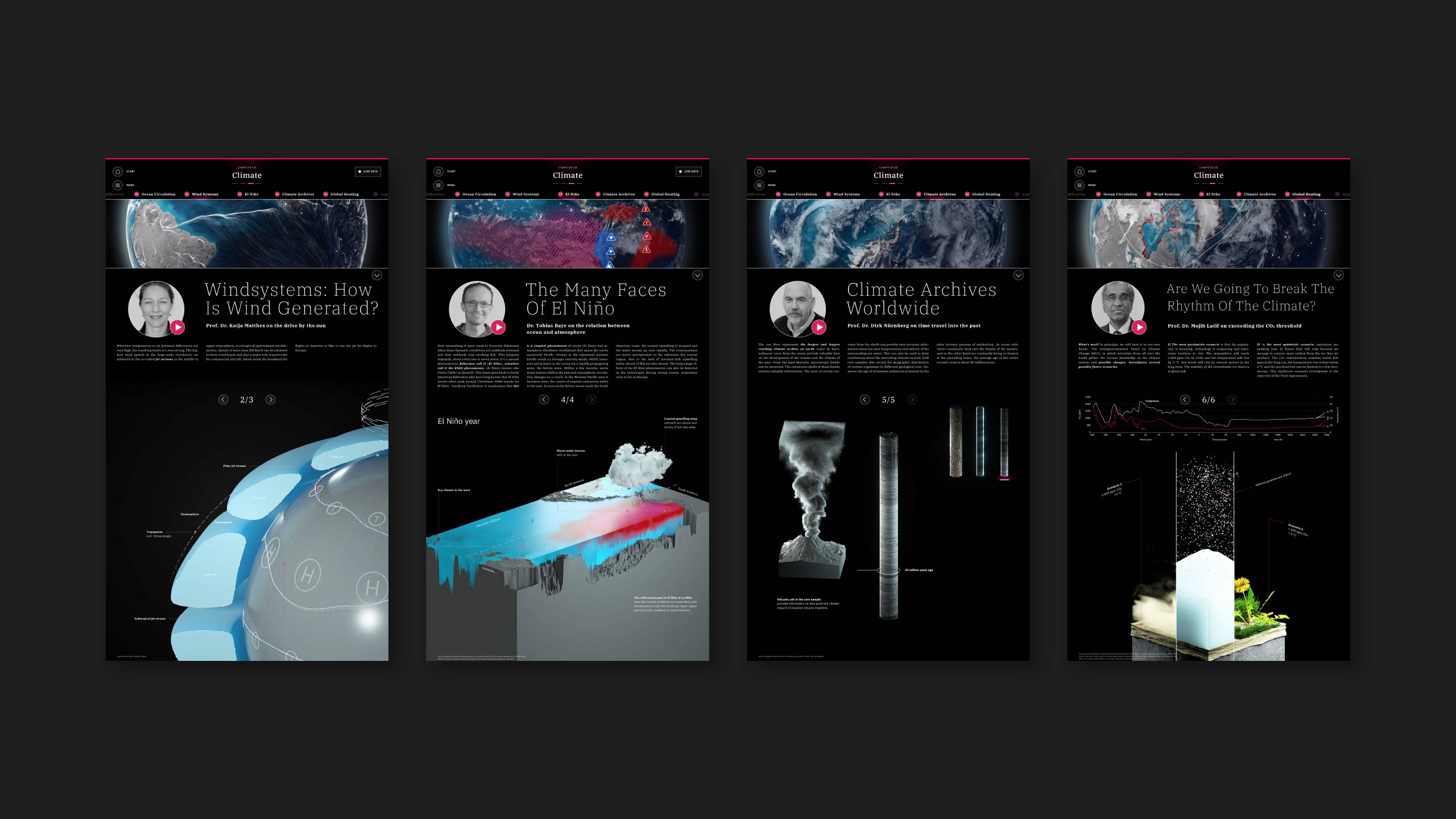
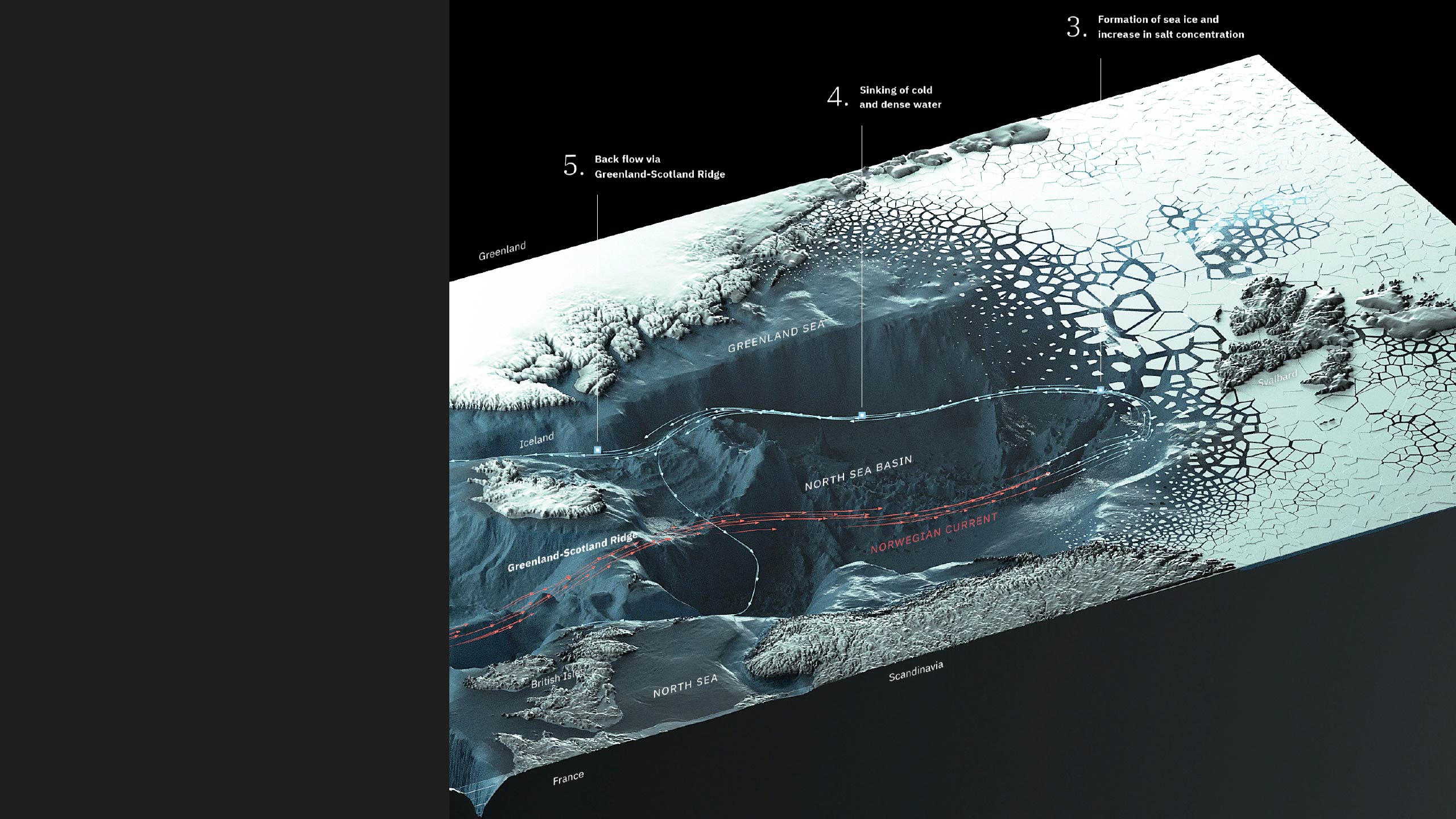
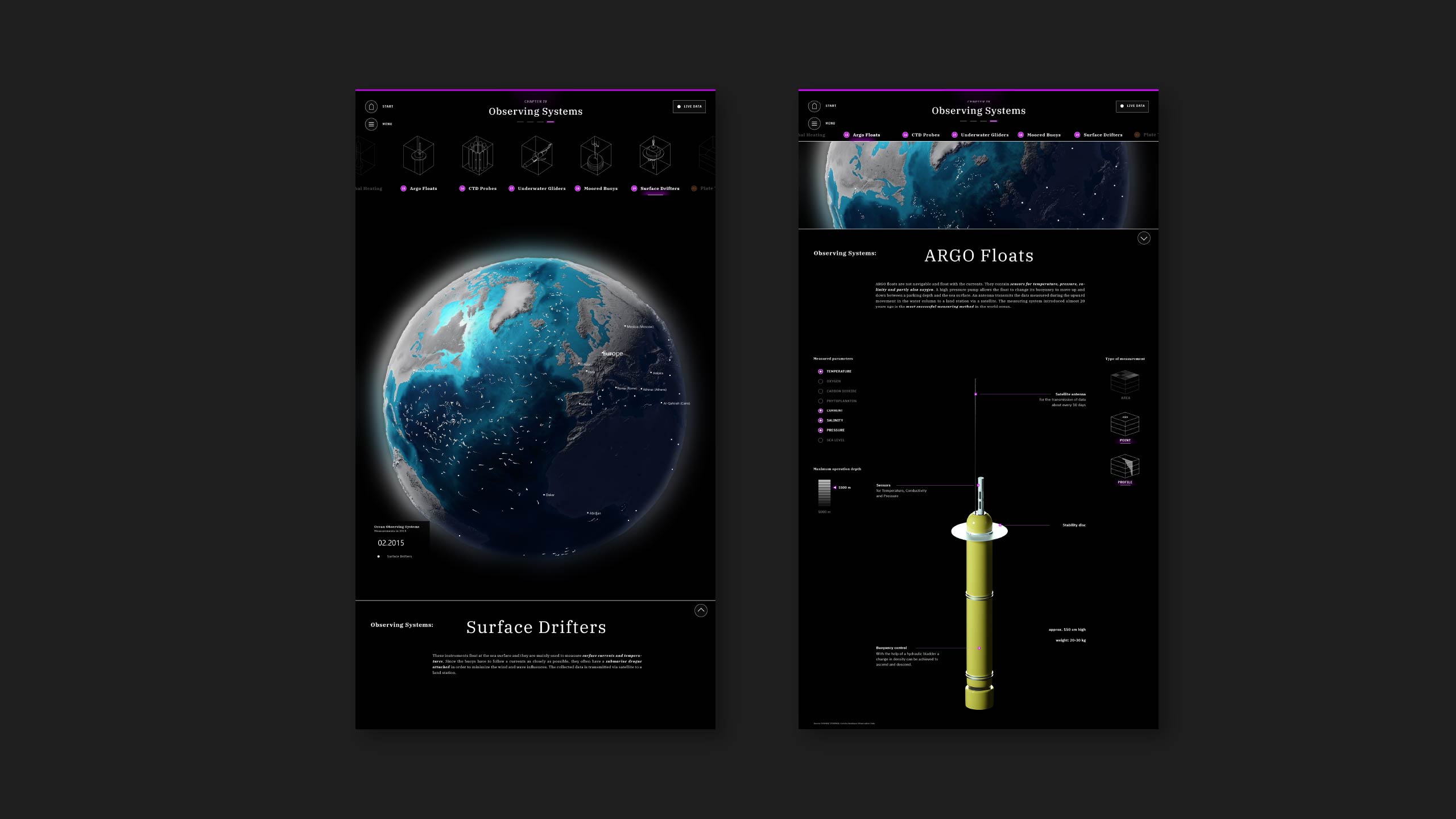
More projects
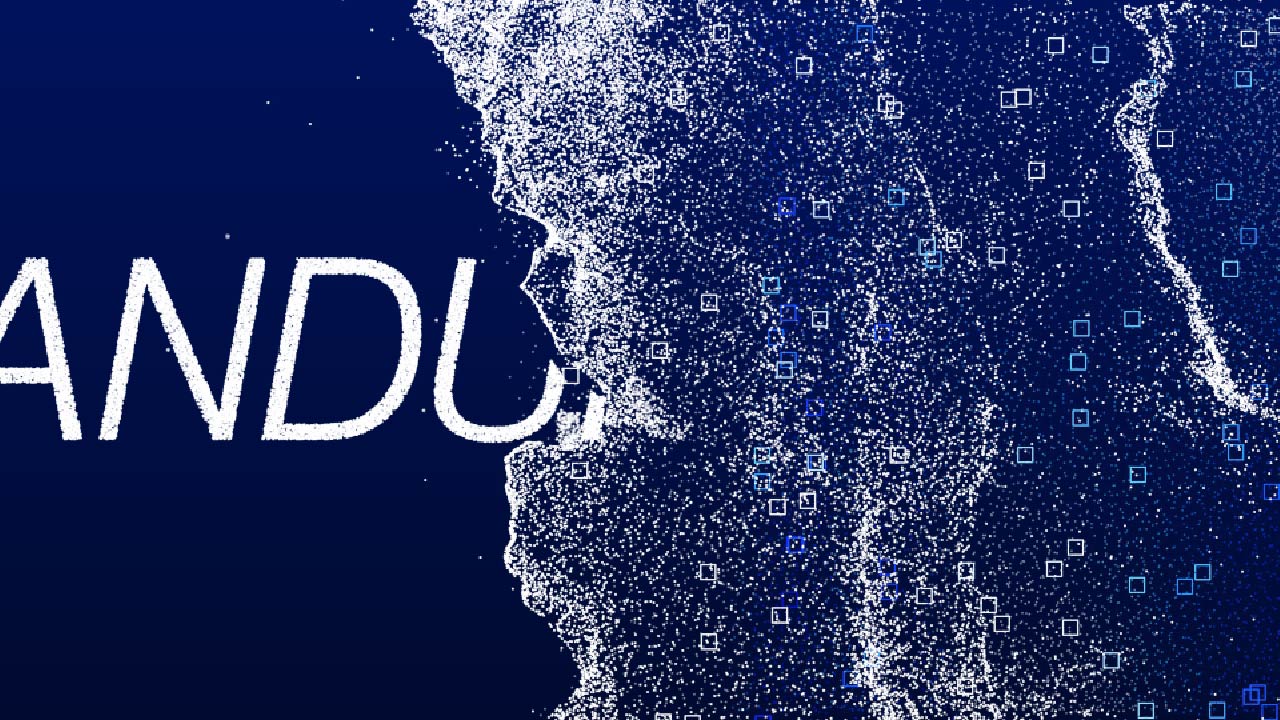
TransformationsProject type
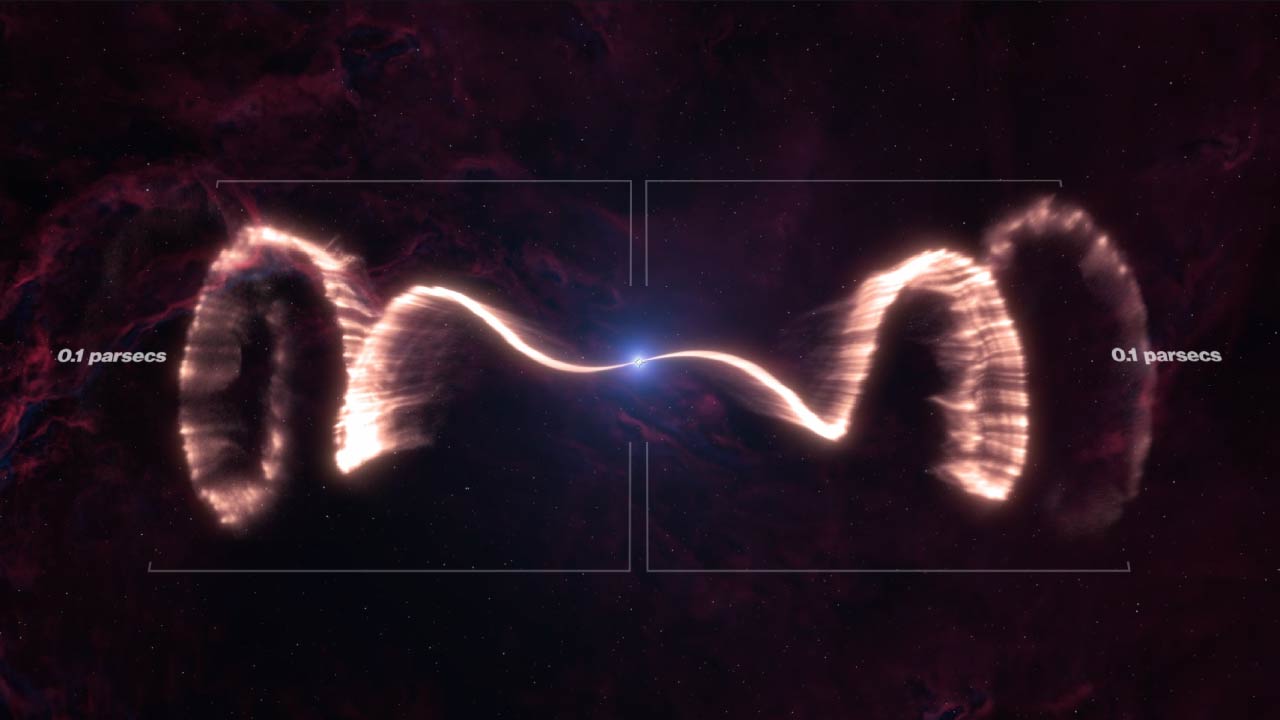
Strange jets of the microquasarProject type
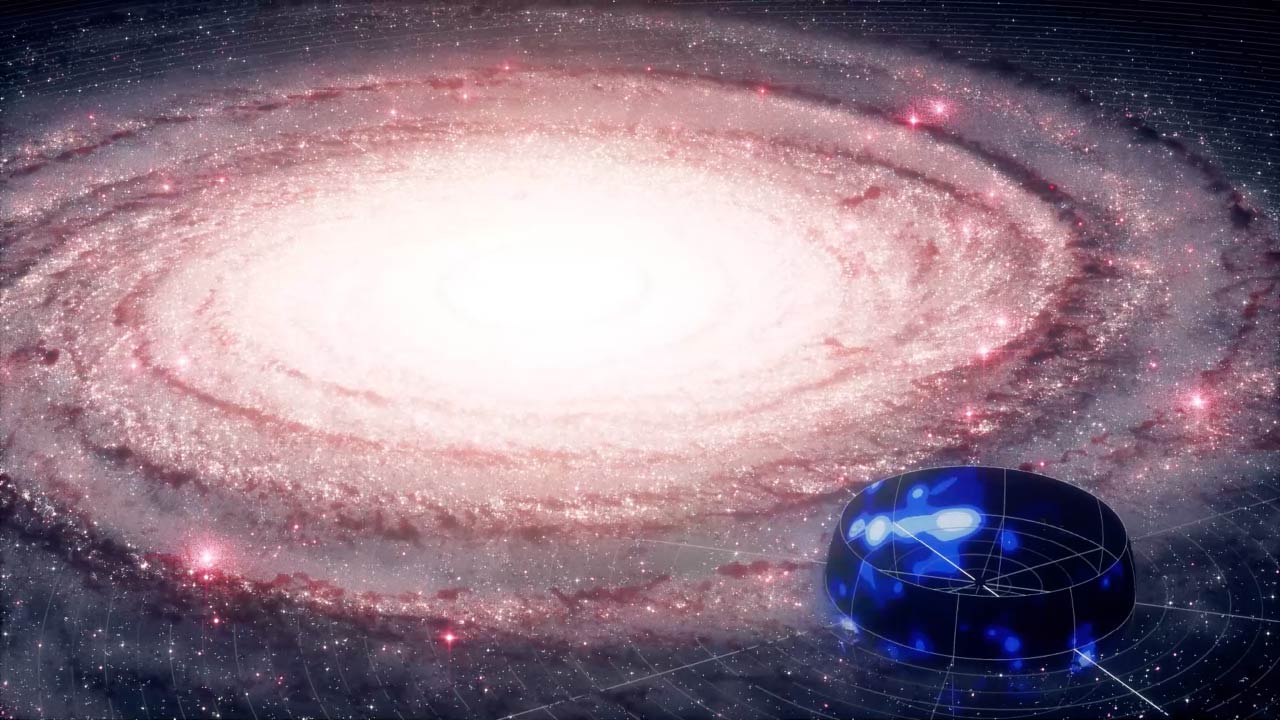
Milky Way In Neutrino LightProject type
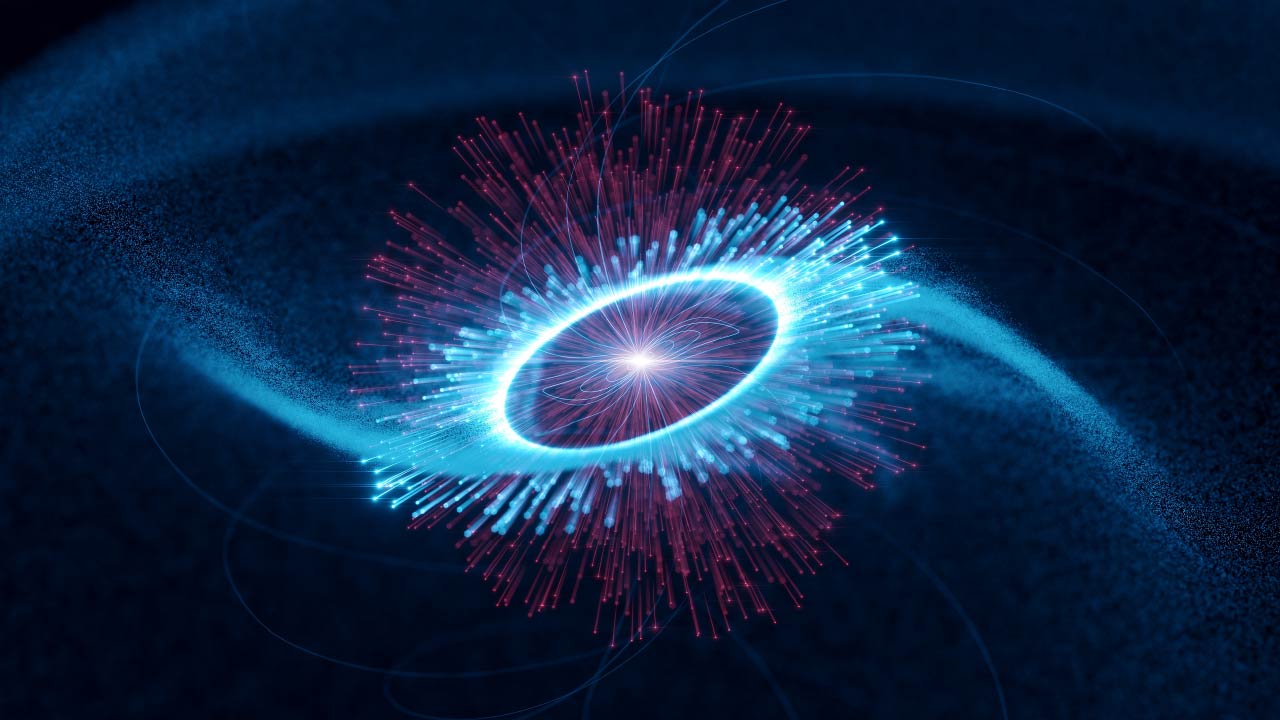
Vela PulsarProject type

Lasers deflected using sound wavesProject type

5 Years World HeritageProject type

Archaeology ConferenceProject type

IceCube AR CardProject type

Who were the vikings?Project type
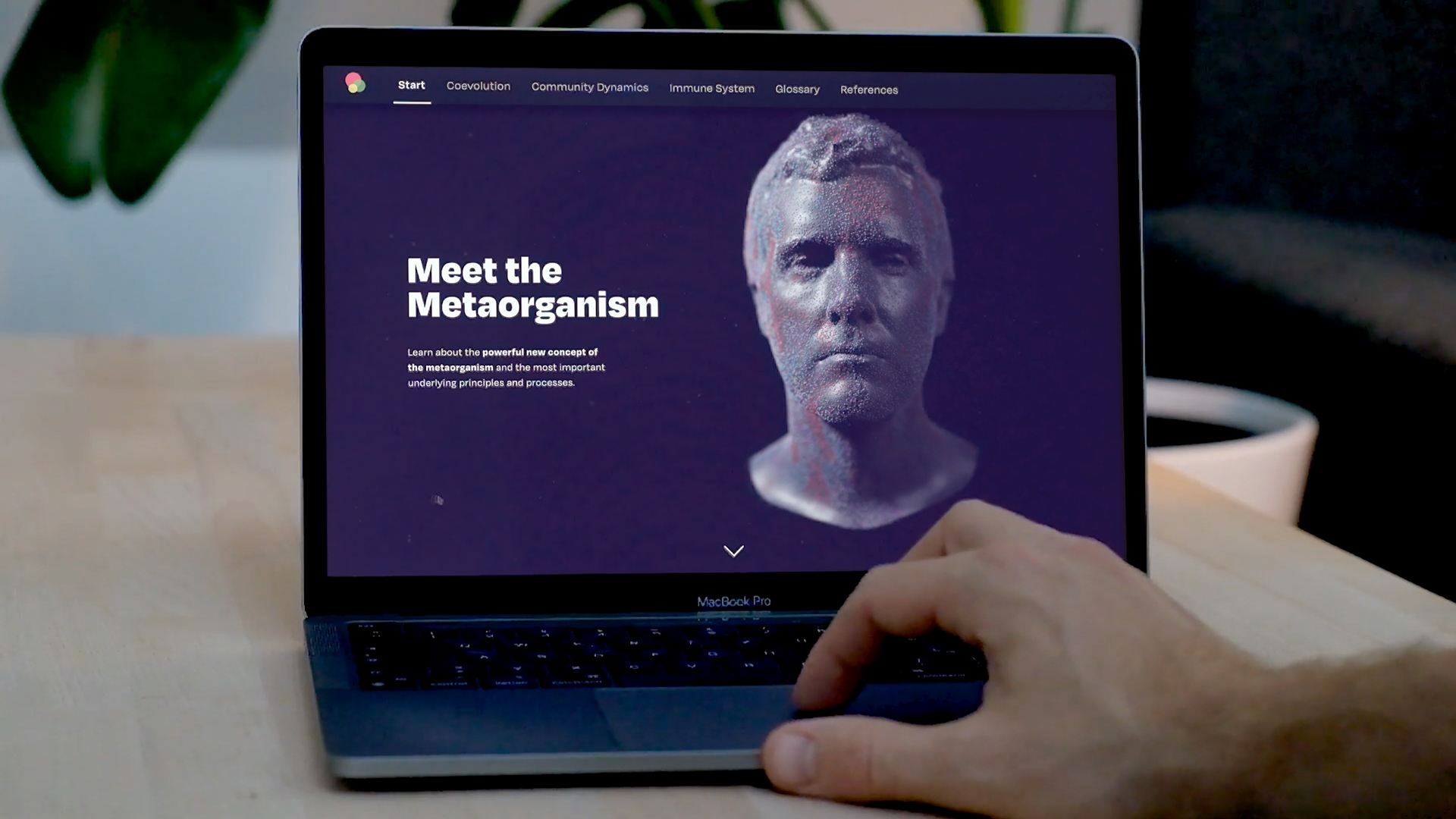
Meet the MetaorganismProject type

UFO: Underwater Fish ObservatoryProject type
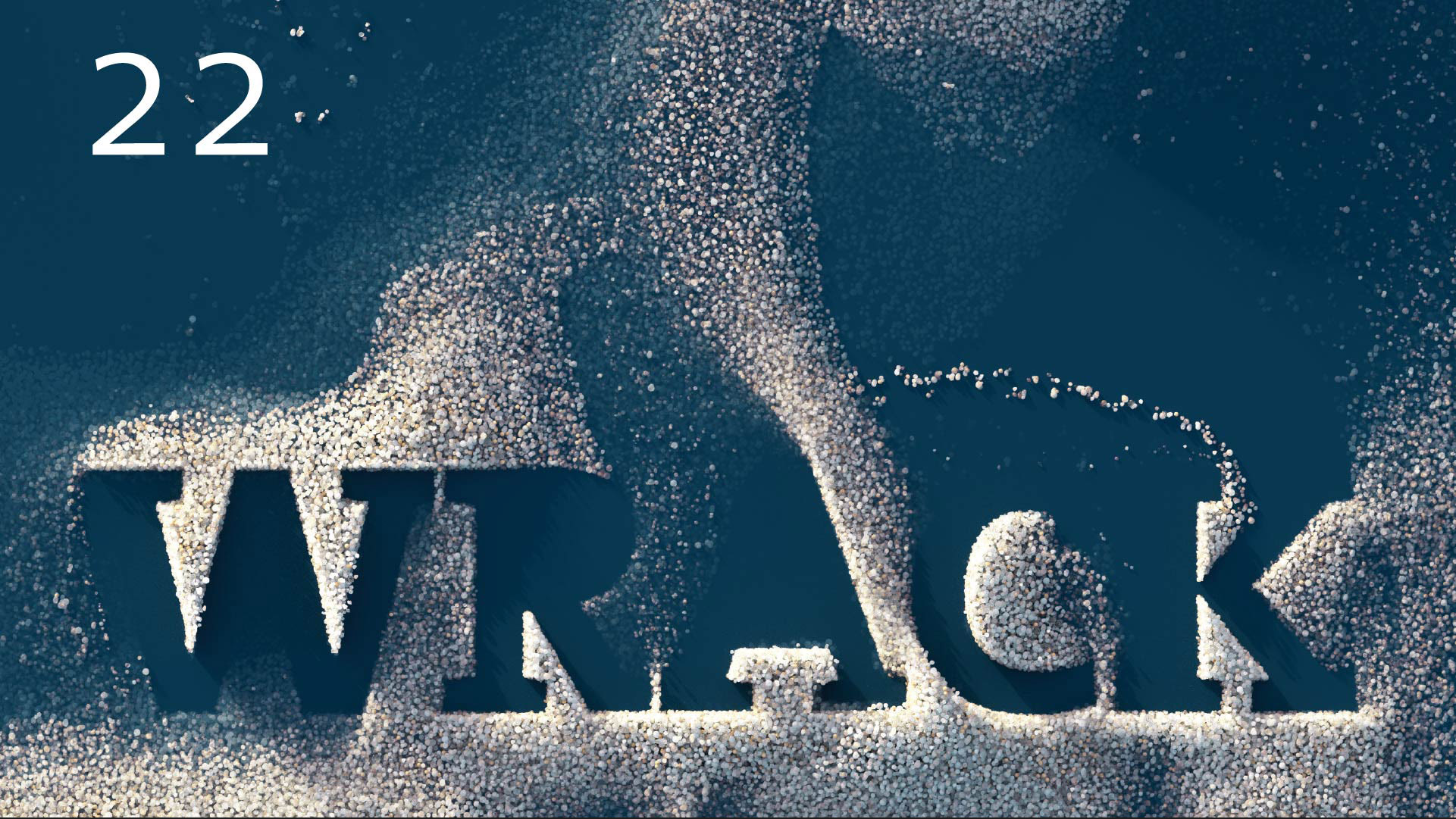
Archaeological News S-H 2022Project type
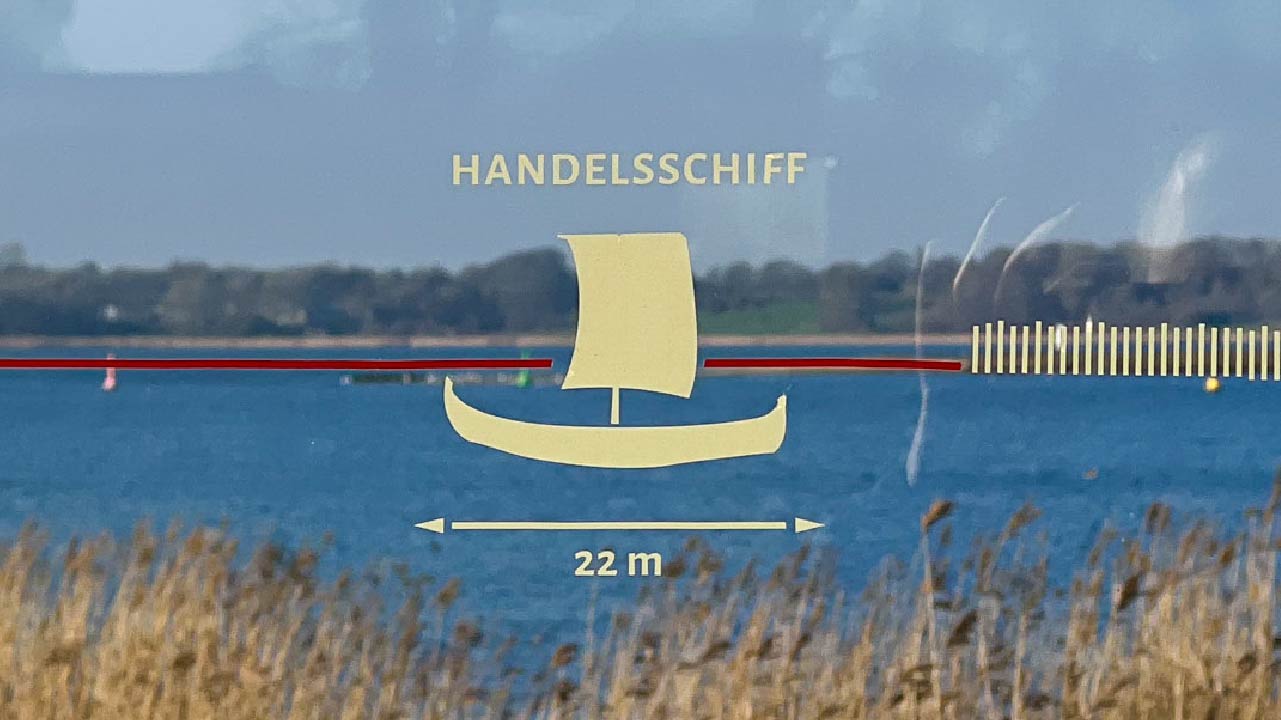
A Window into the PastProject type
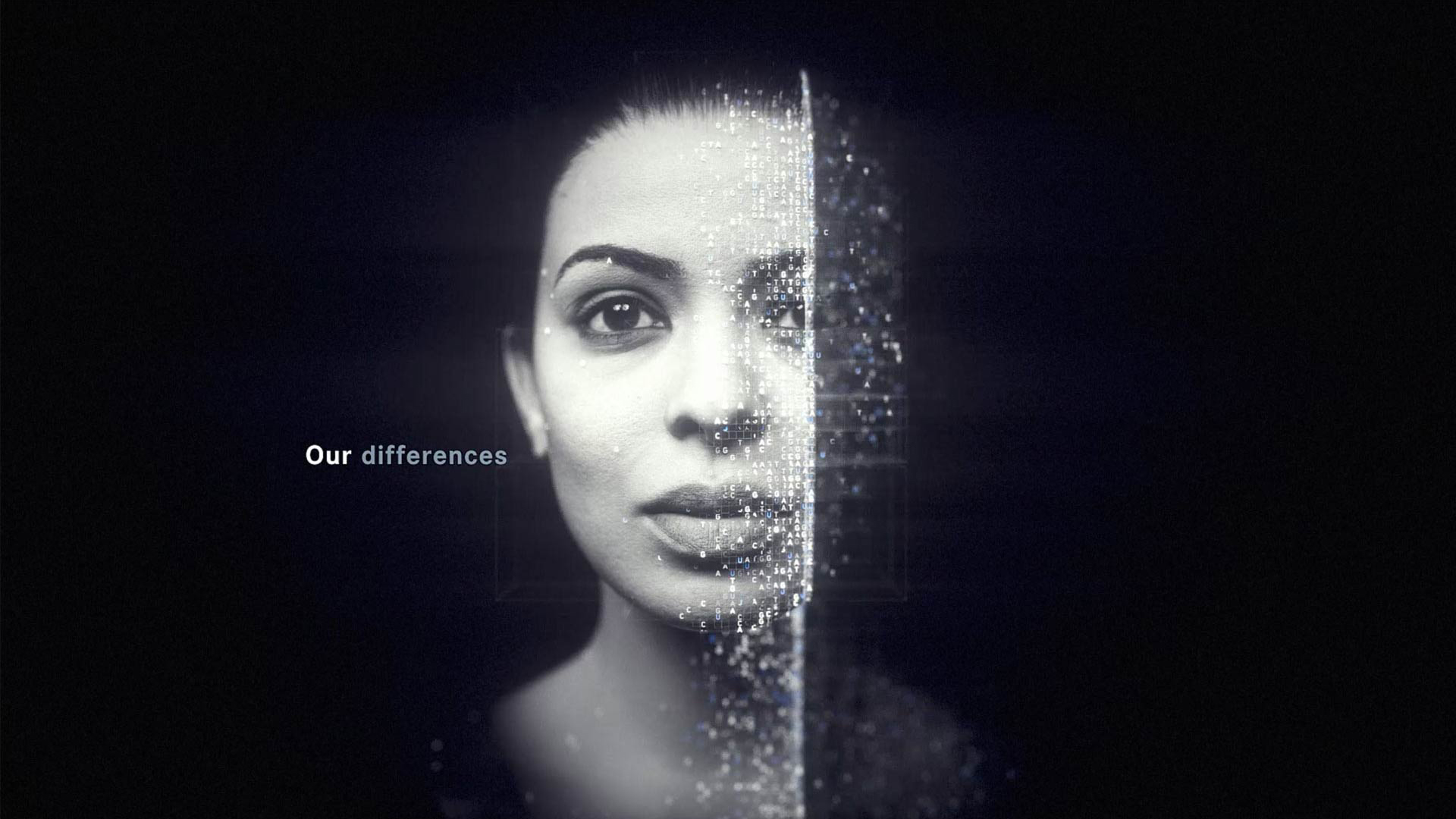
Single Cell Center WürzburgProject type
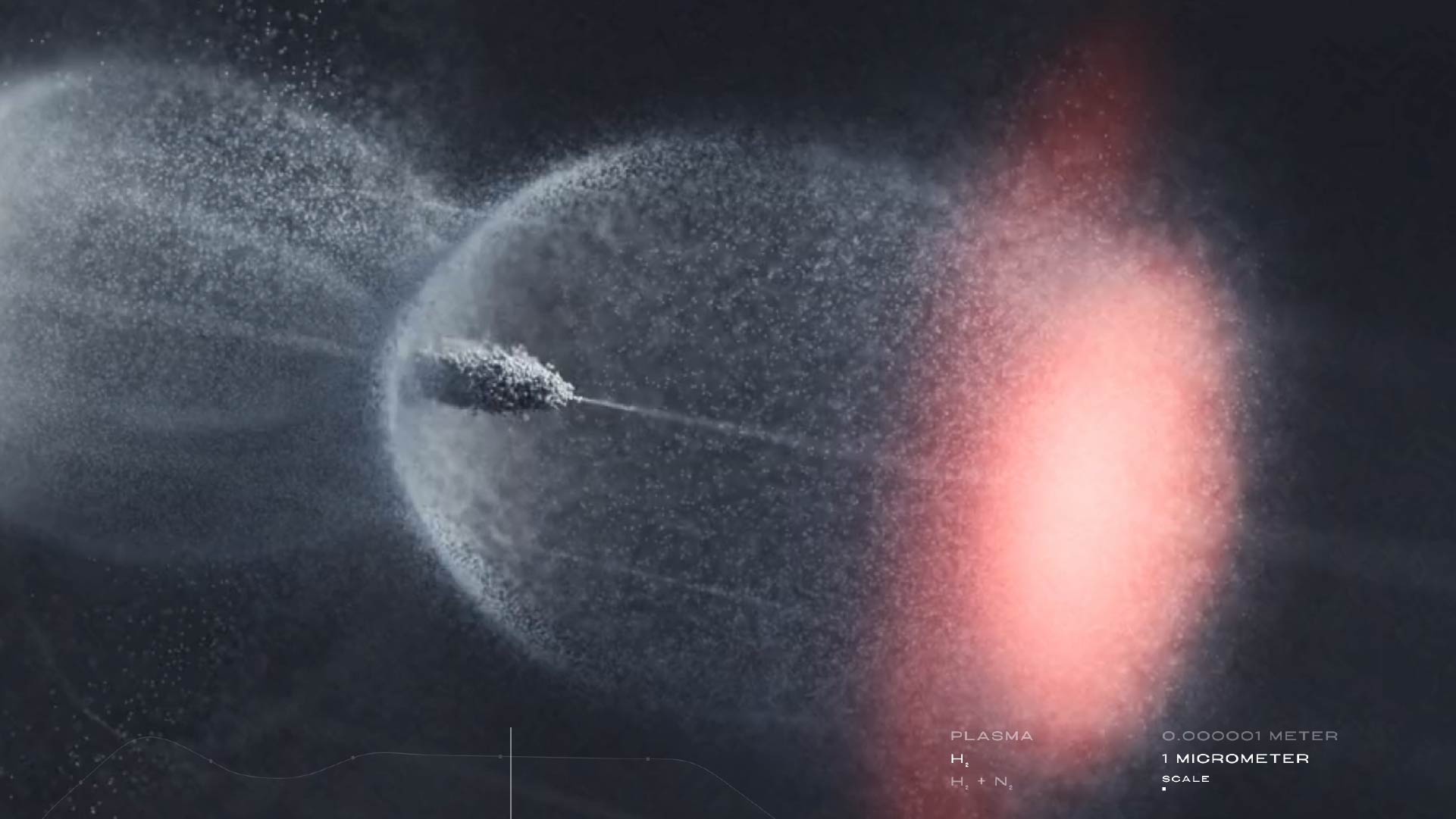
KalderaProject type
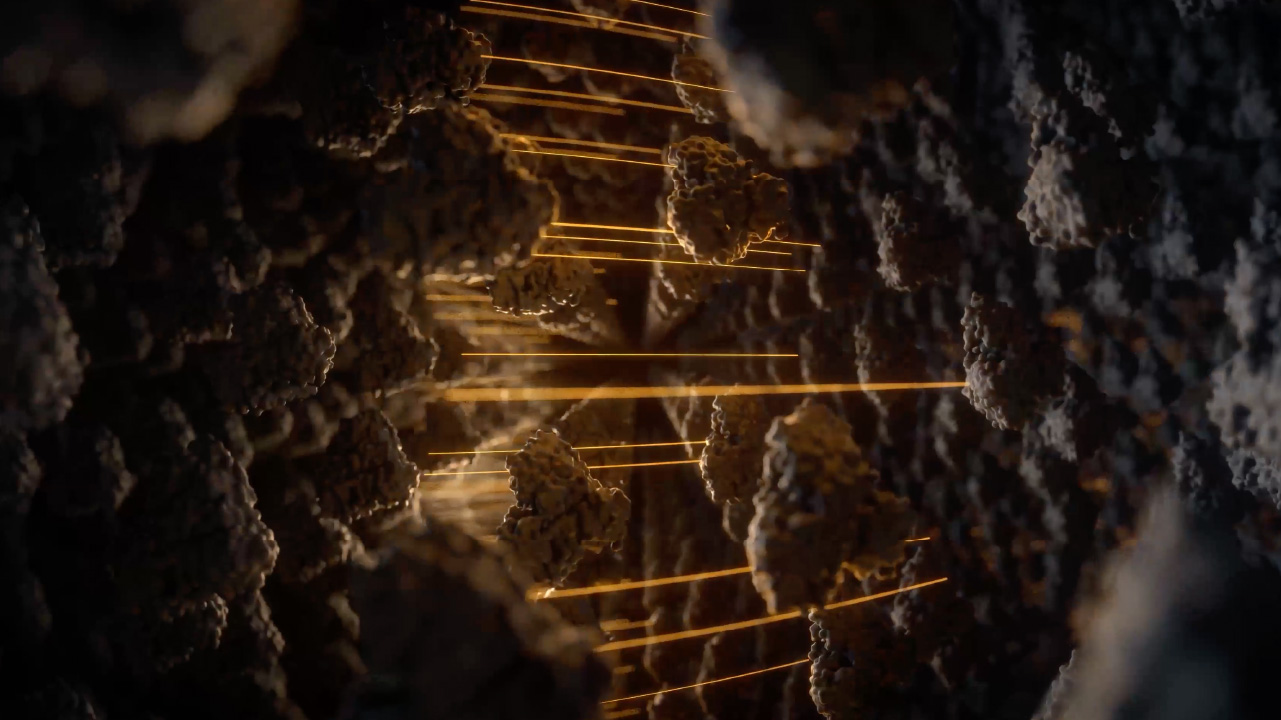
PETRA III – protein crystallographyProject type
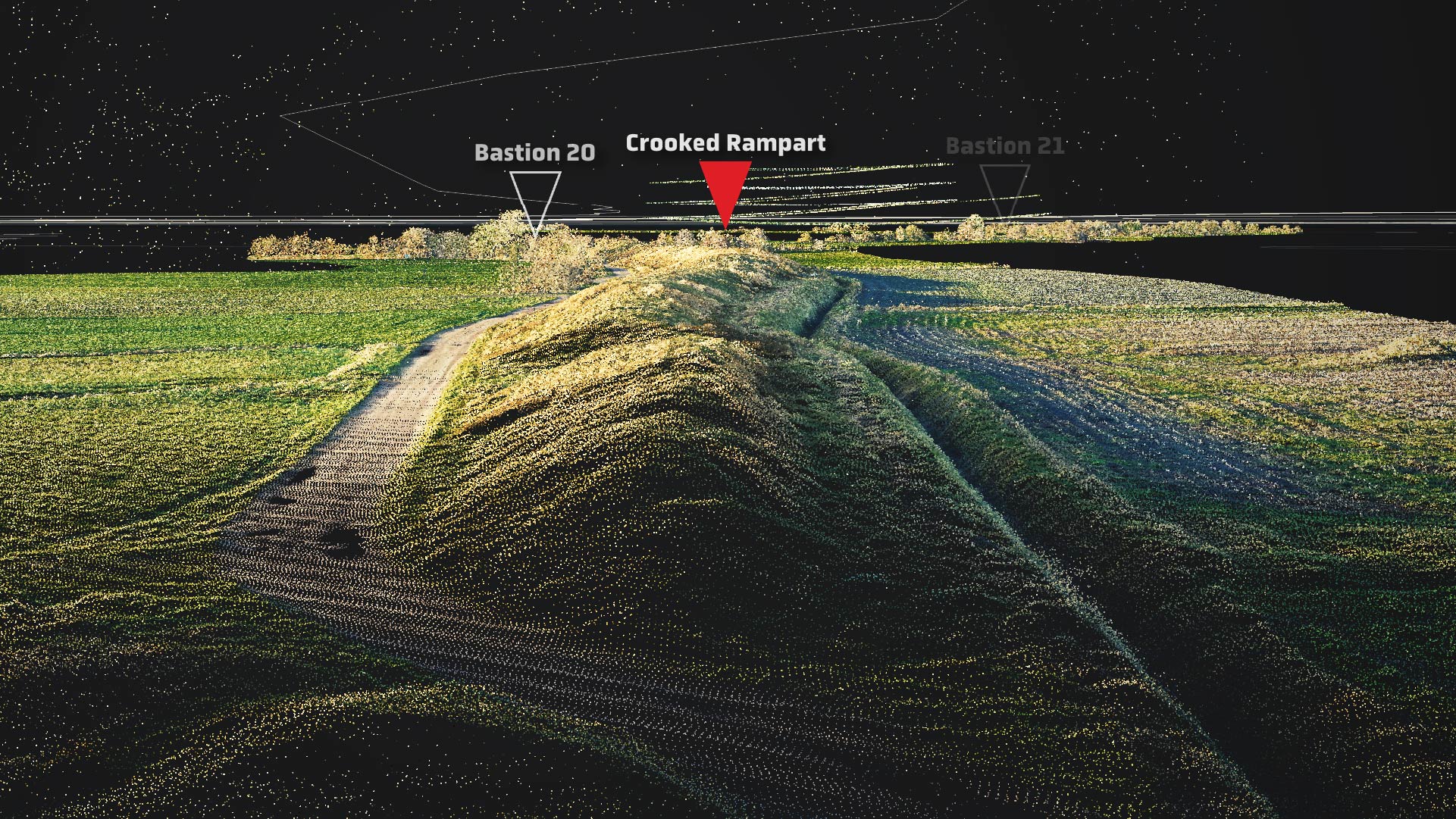
Viking WalksProject type

HIBEF LaserProject type
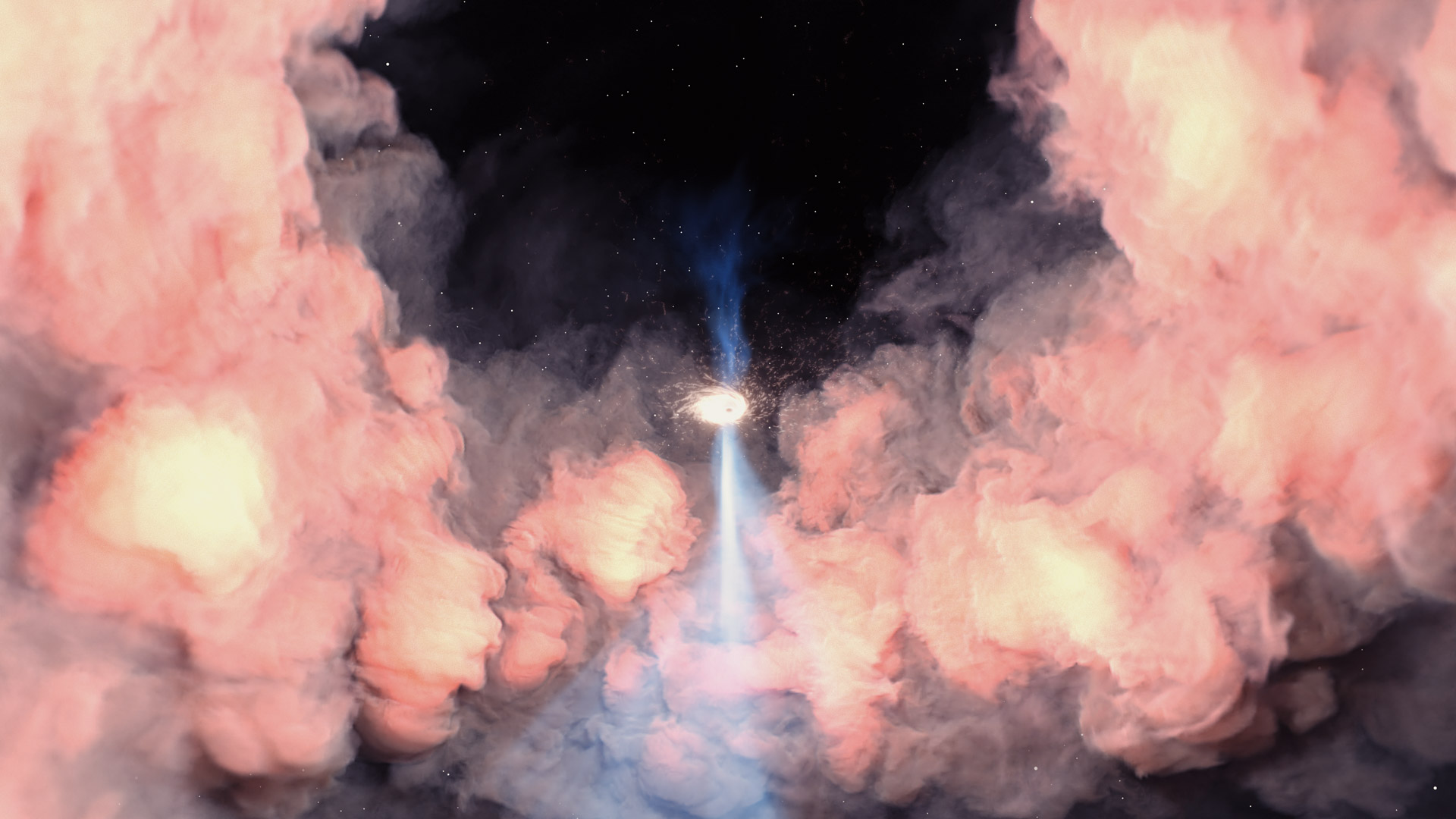
Tidal Disruption Event: Dust EchoProject type
Icon PostersProject type
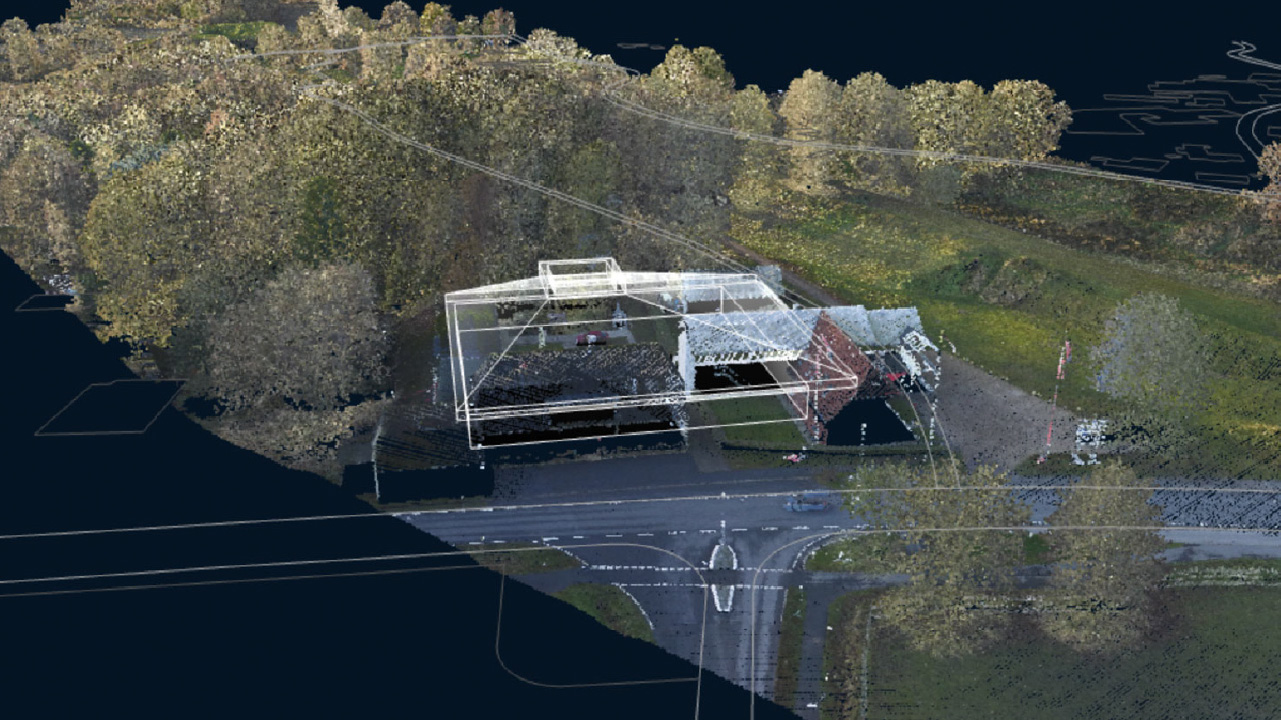
Danevirke Archaeology BlogProject type
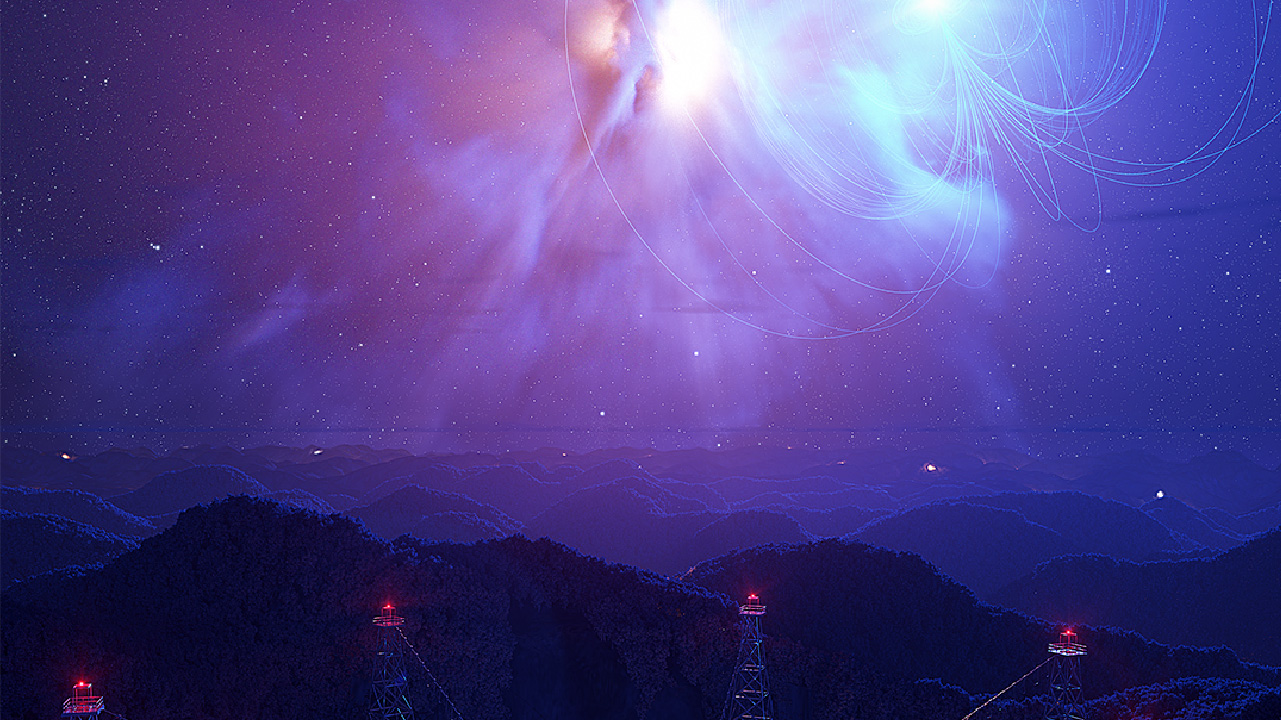
Radio pulsationProject type
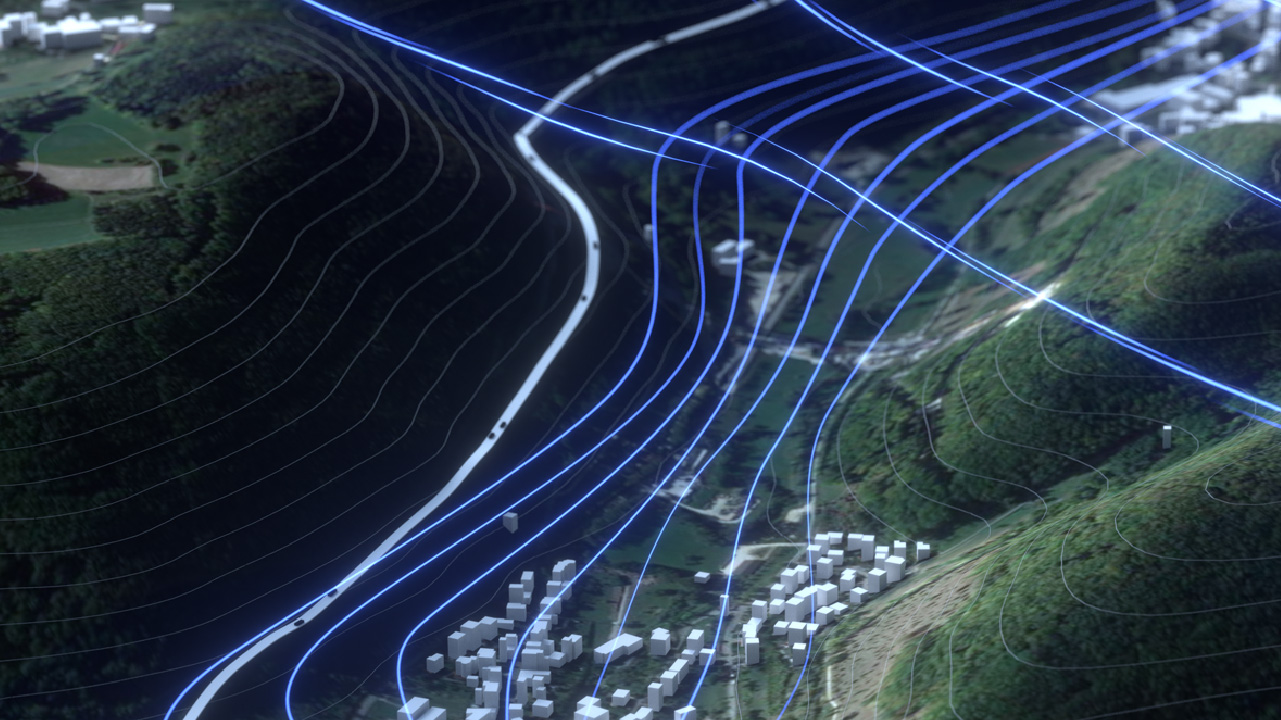
Ventus: Wind on RoadsProject type
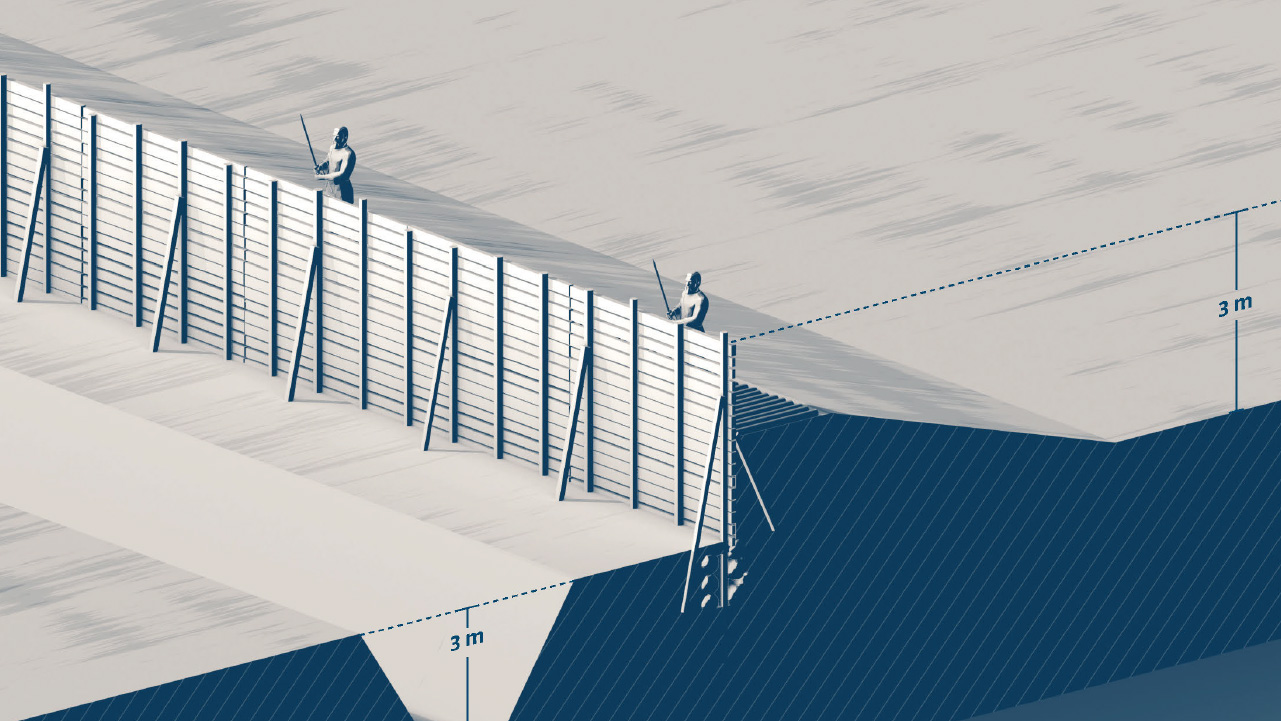
UNESCO World heritage: Information signsProject type
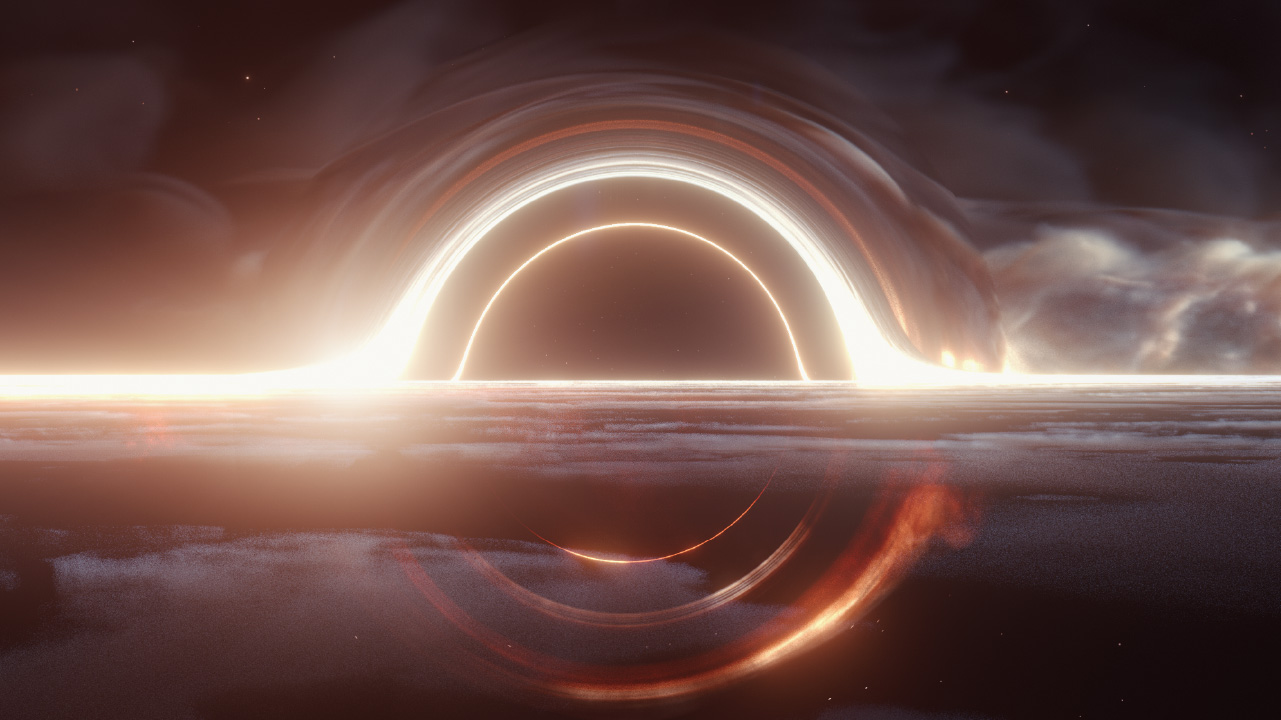
Tidal Disruption EventProject type

Gamma Ray BurstsProject type
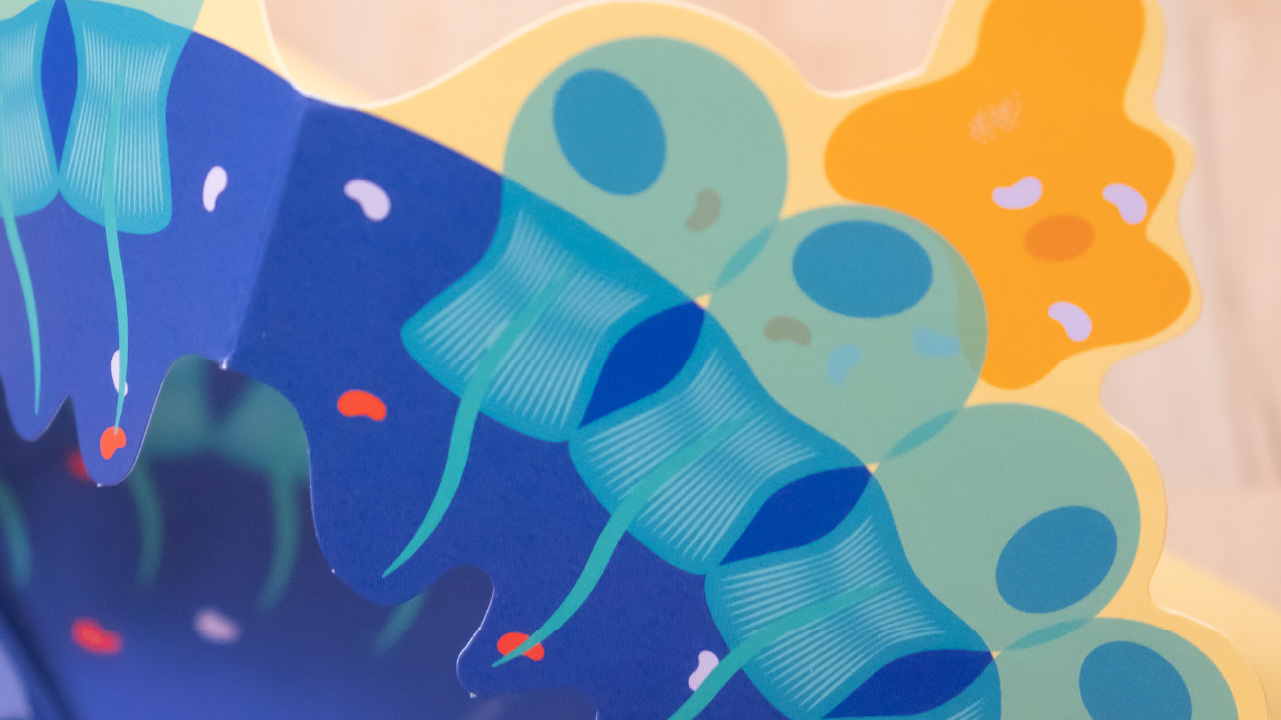
Pop-up card: Metaorganism SpongeProject type
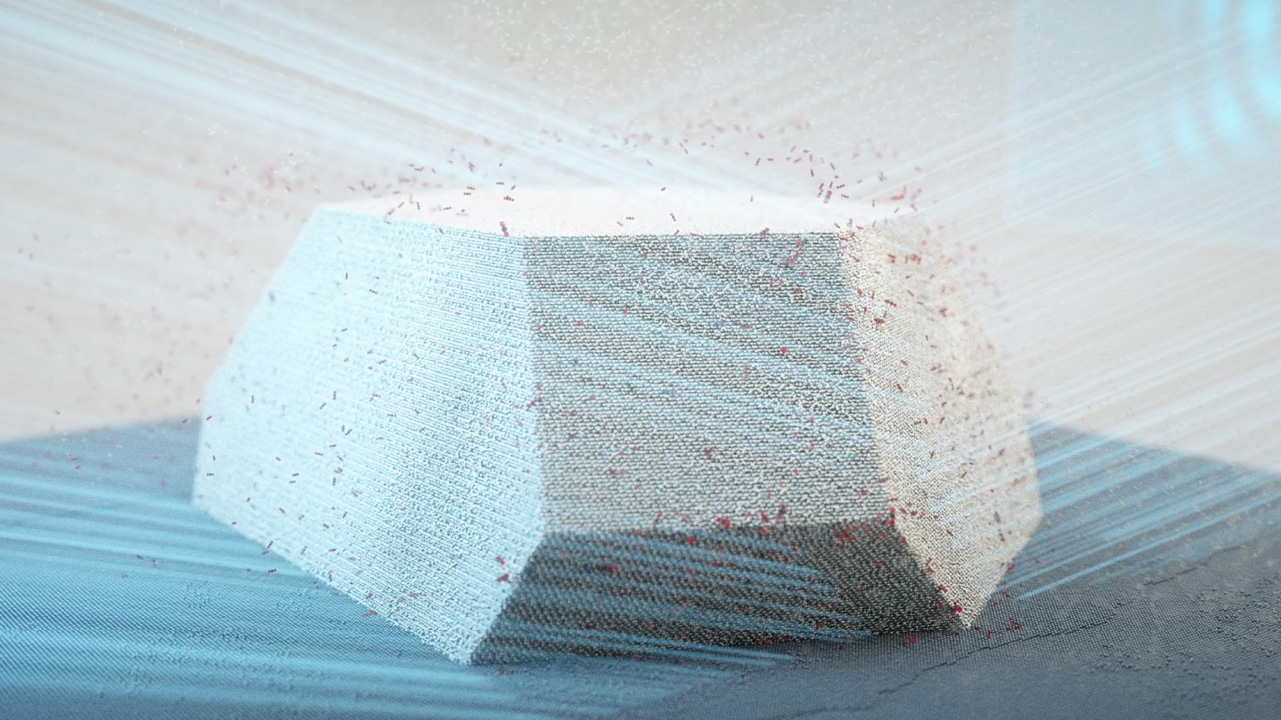
Nanoparticle at workProject type

Laser-Plasma-AcceleratorProject type
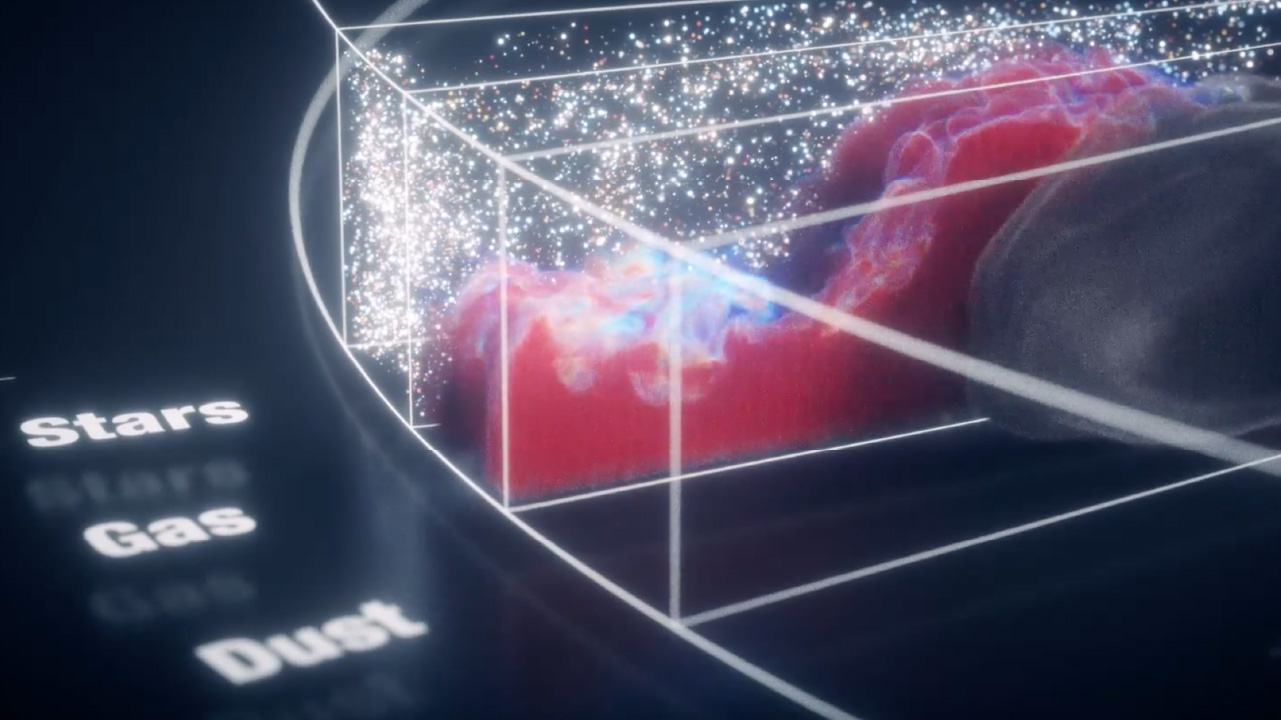
Dark Matter and ALPS IIProject type
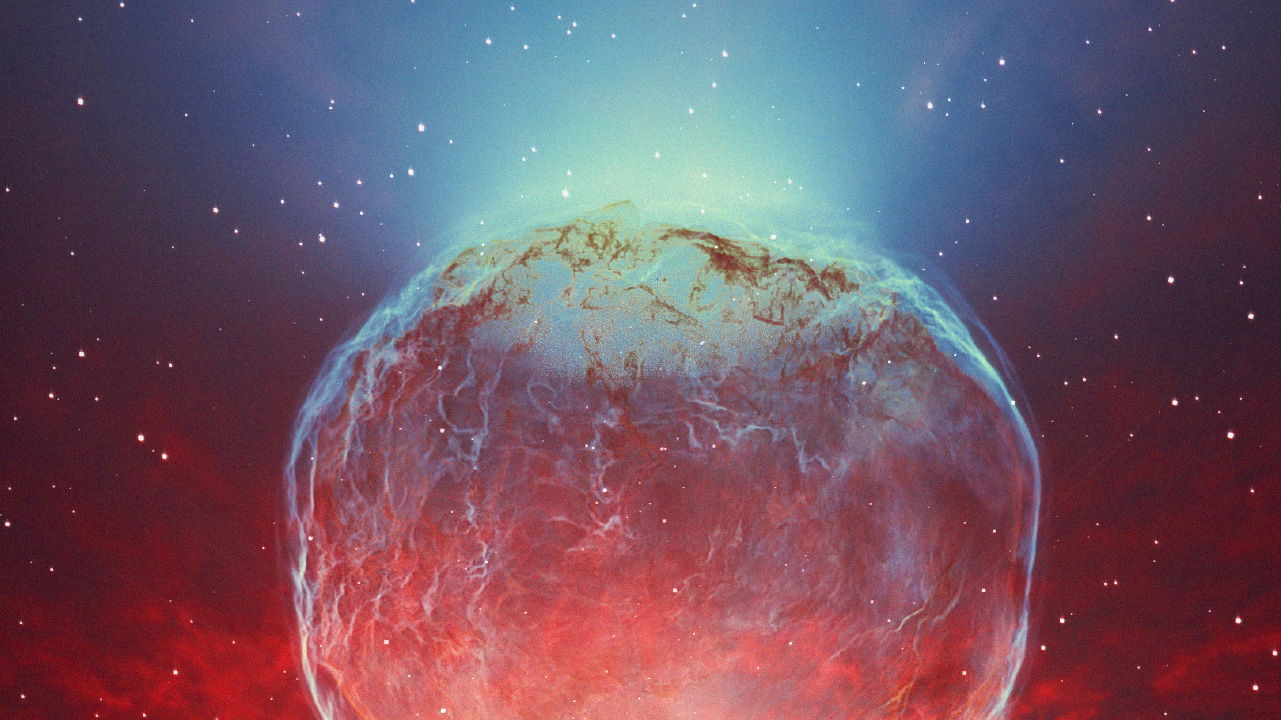
Nova outburst illustrationProject type

Guideline: Cultural heritage under waterProject type
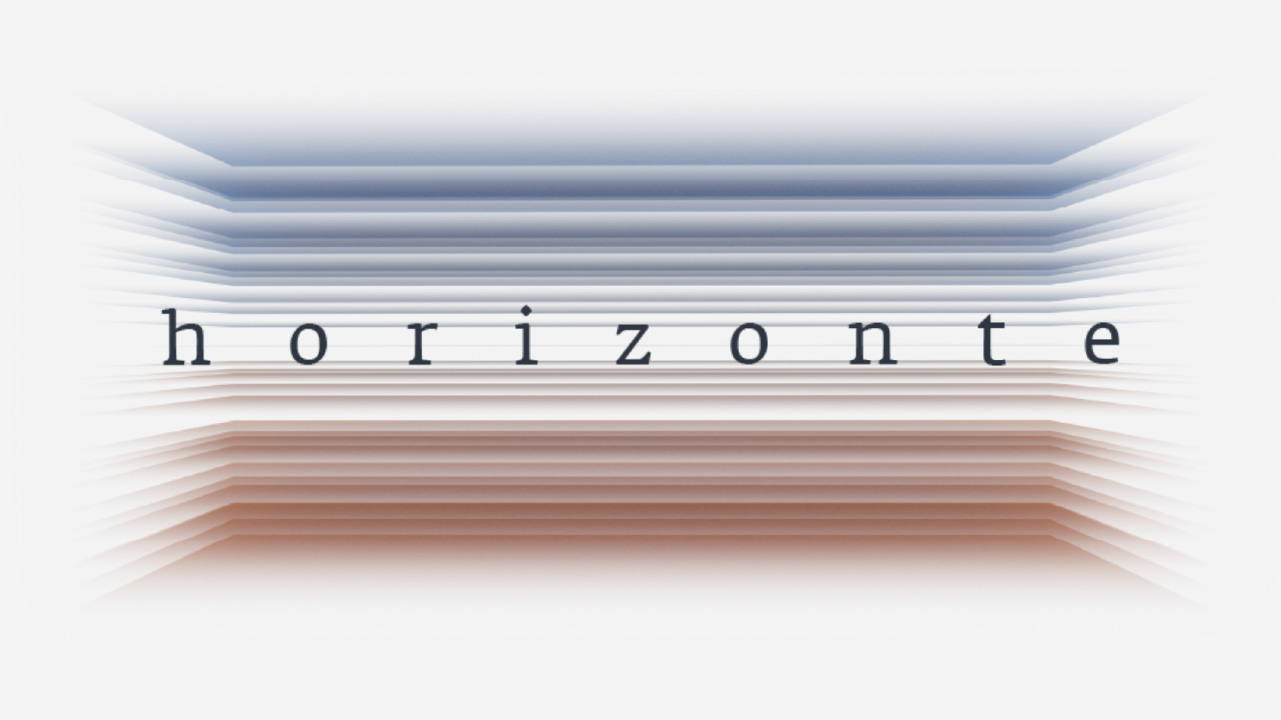
DAK Congress 2020coming soon

Marine MicrobiologyProject type
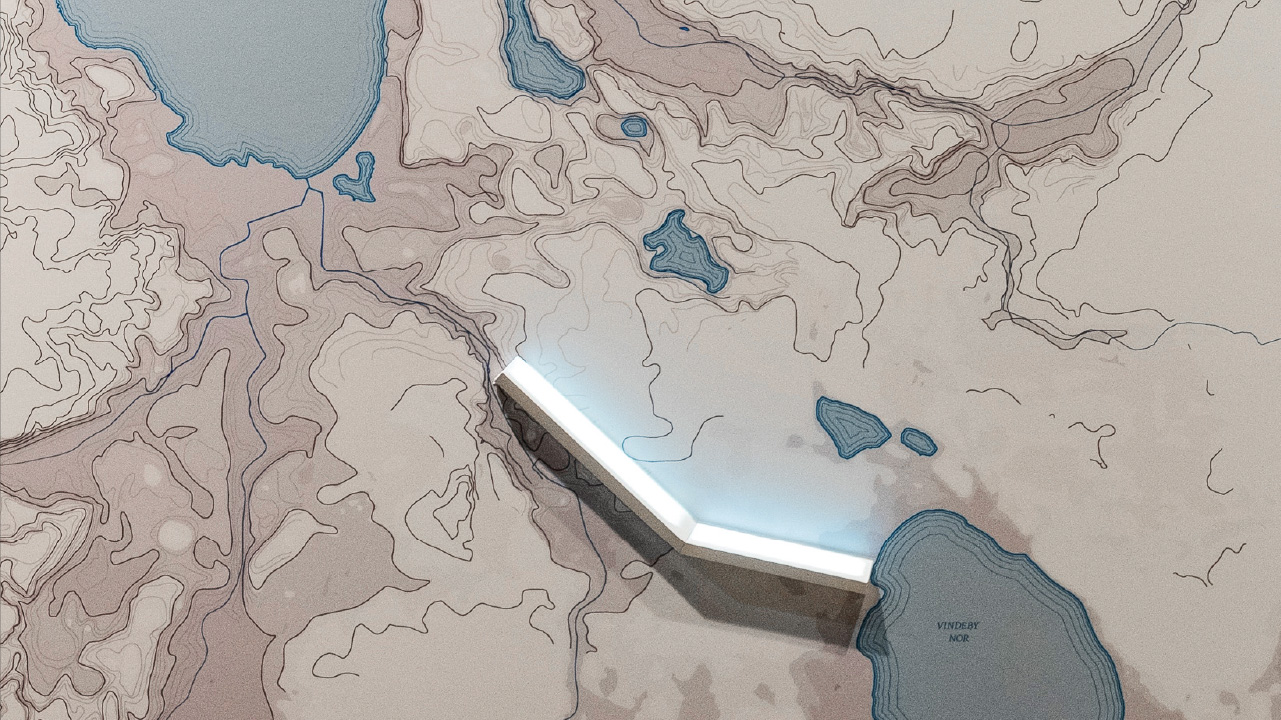
World Heritage: Mixed Media WallProject type
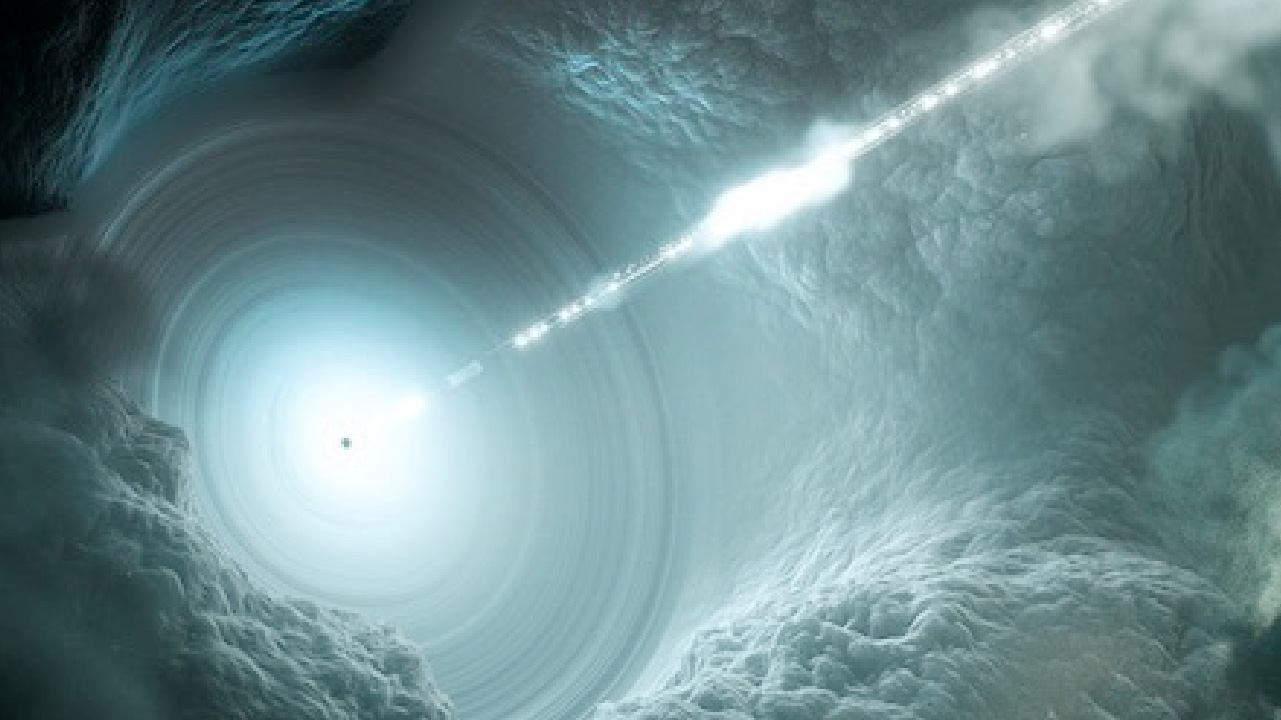
Multimessenger MicrositeProject type
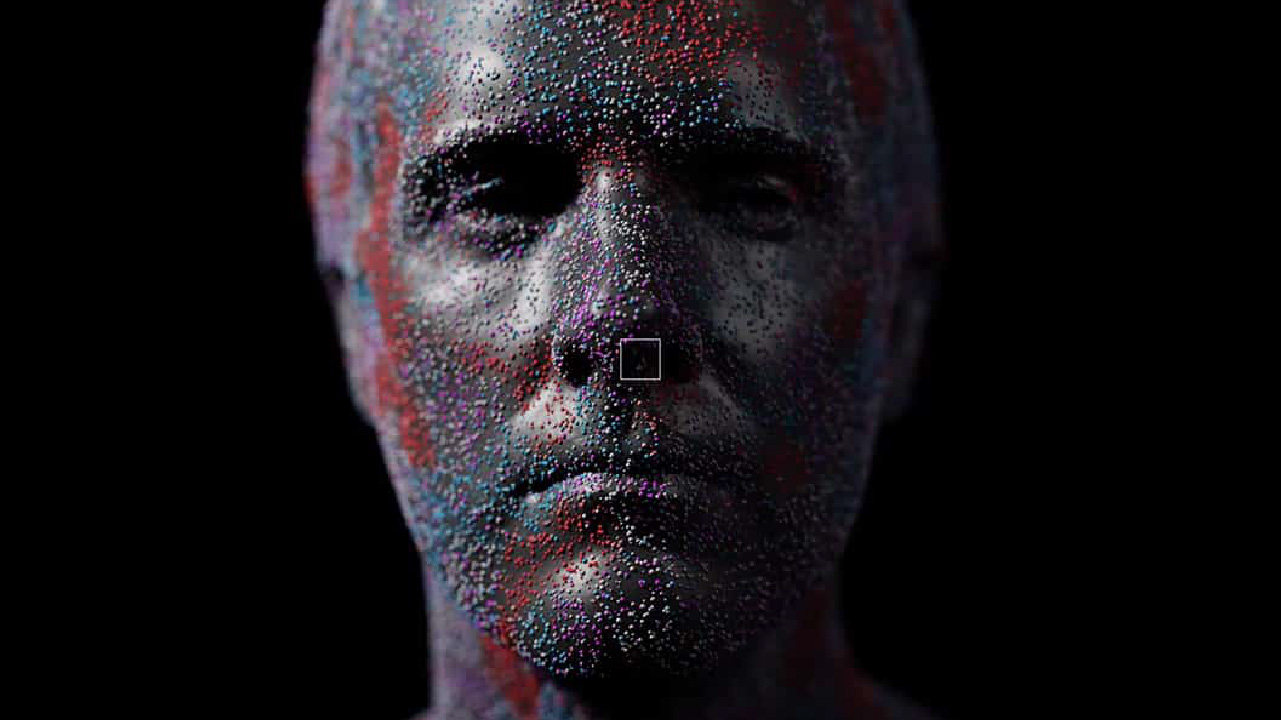
Digital MetaProject type
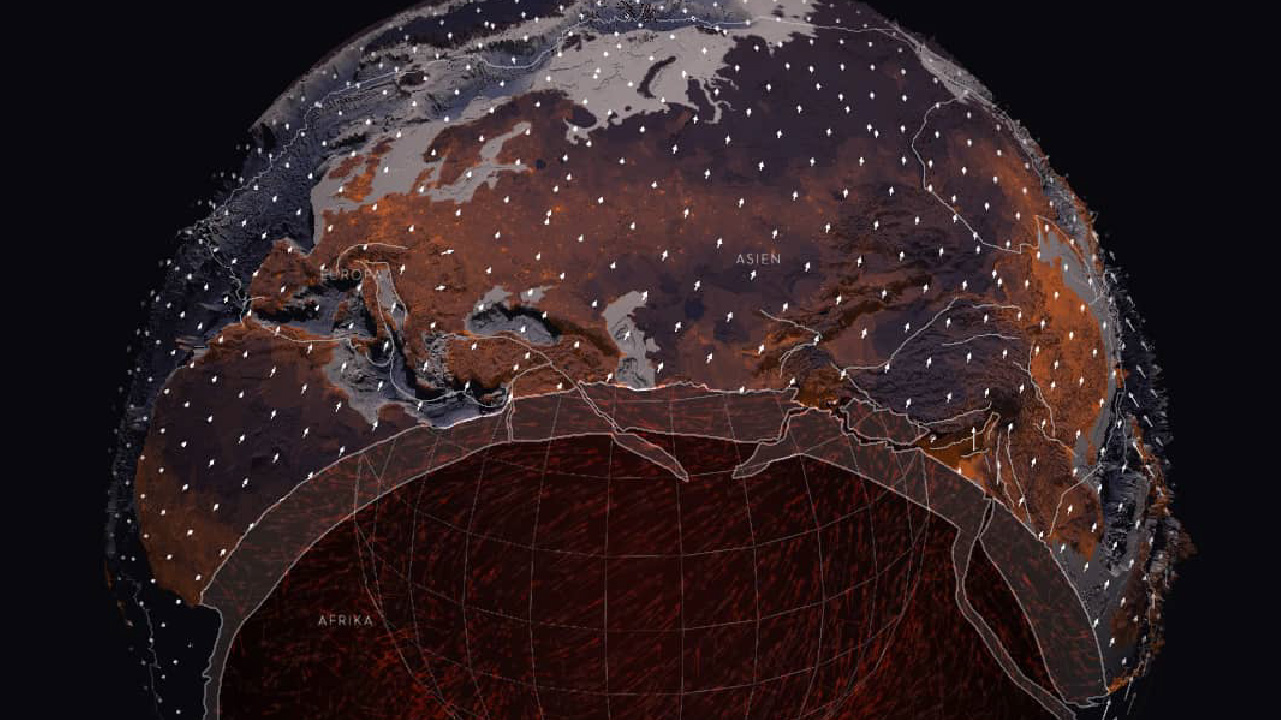
Dynamic PlanetProject type
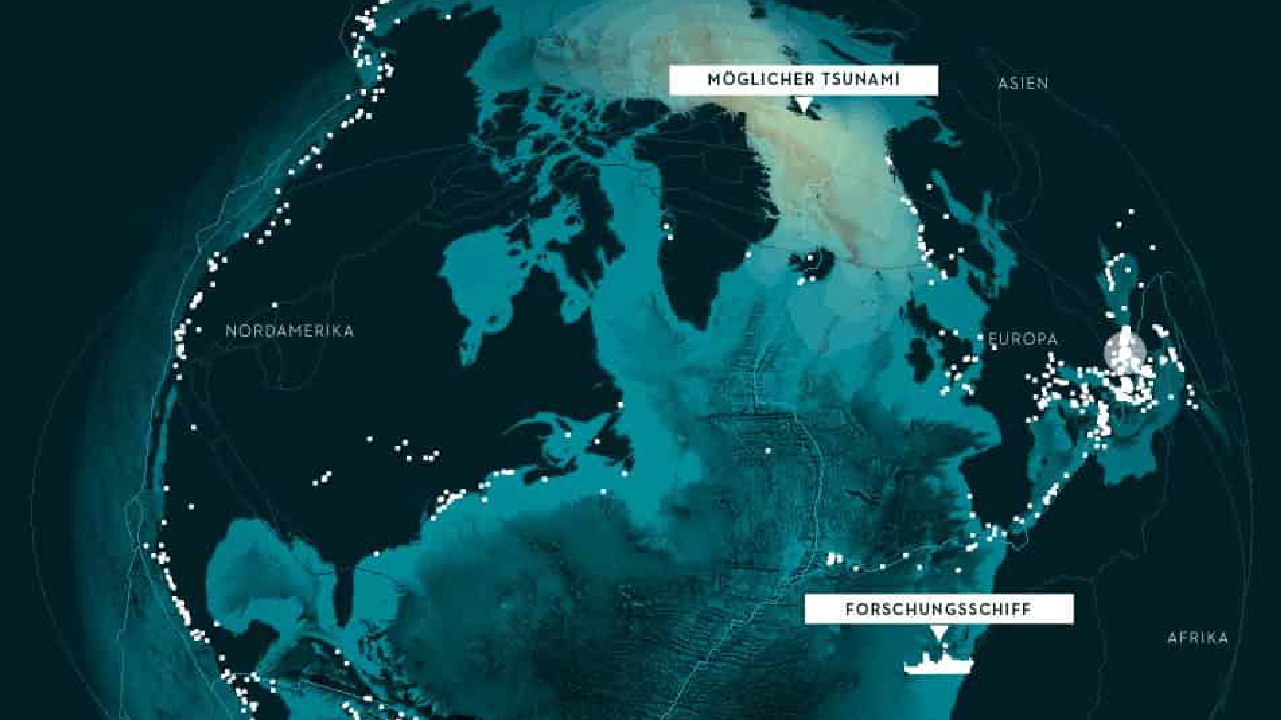
TsunamiProject type

GenexpressionsProject type
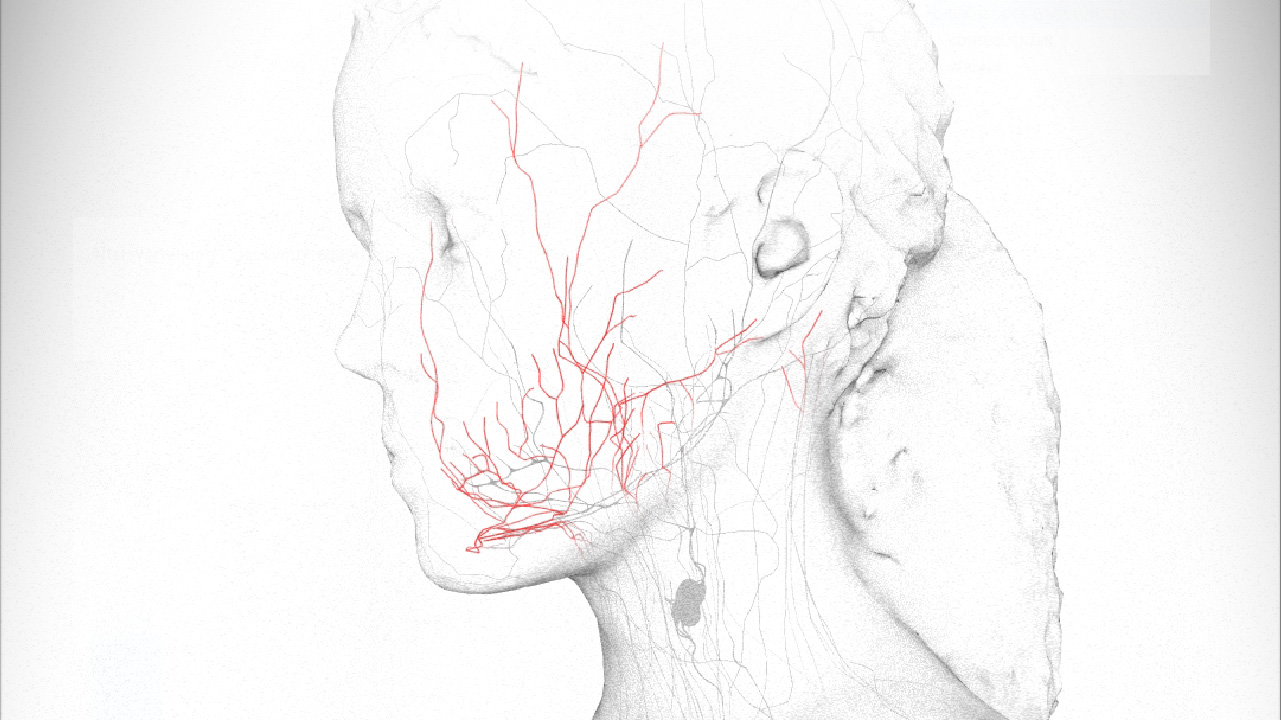
Lymphatic SystemProject type
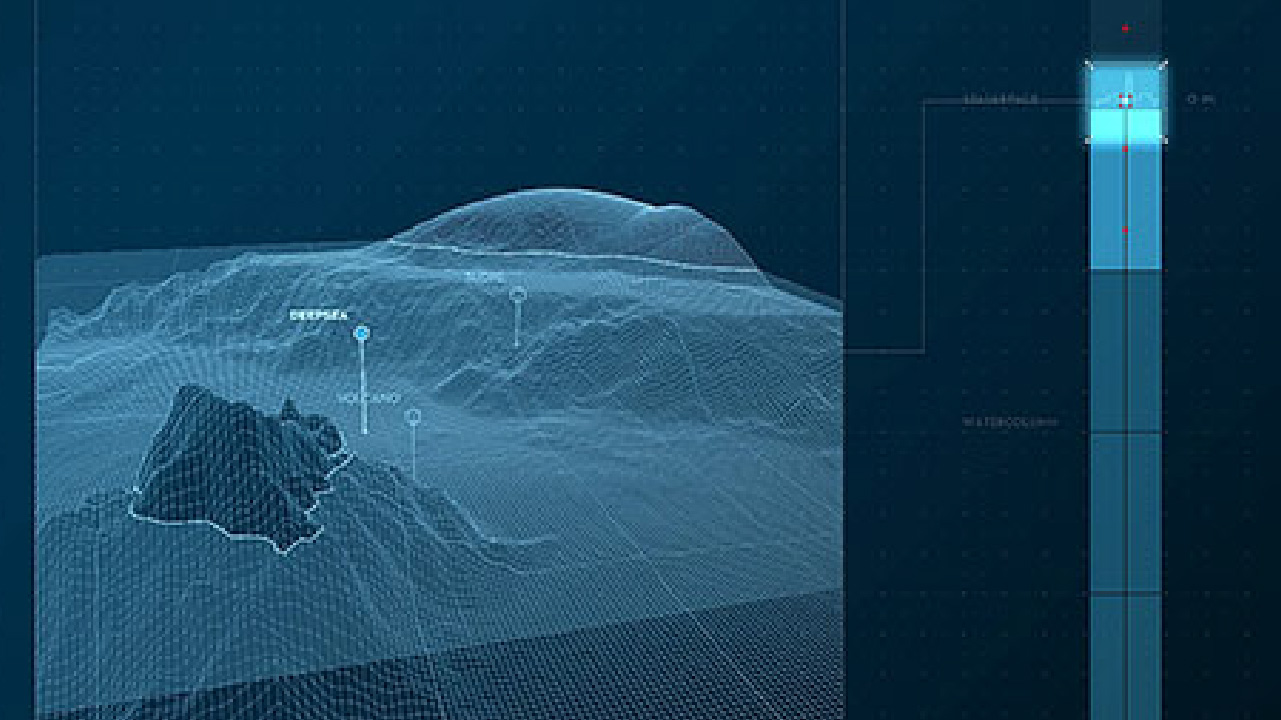
Next Generation Scientific PosterProject type

